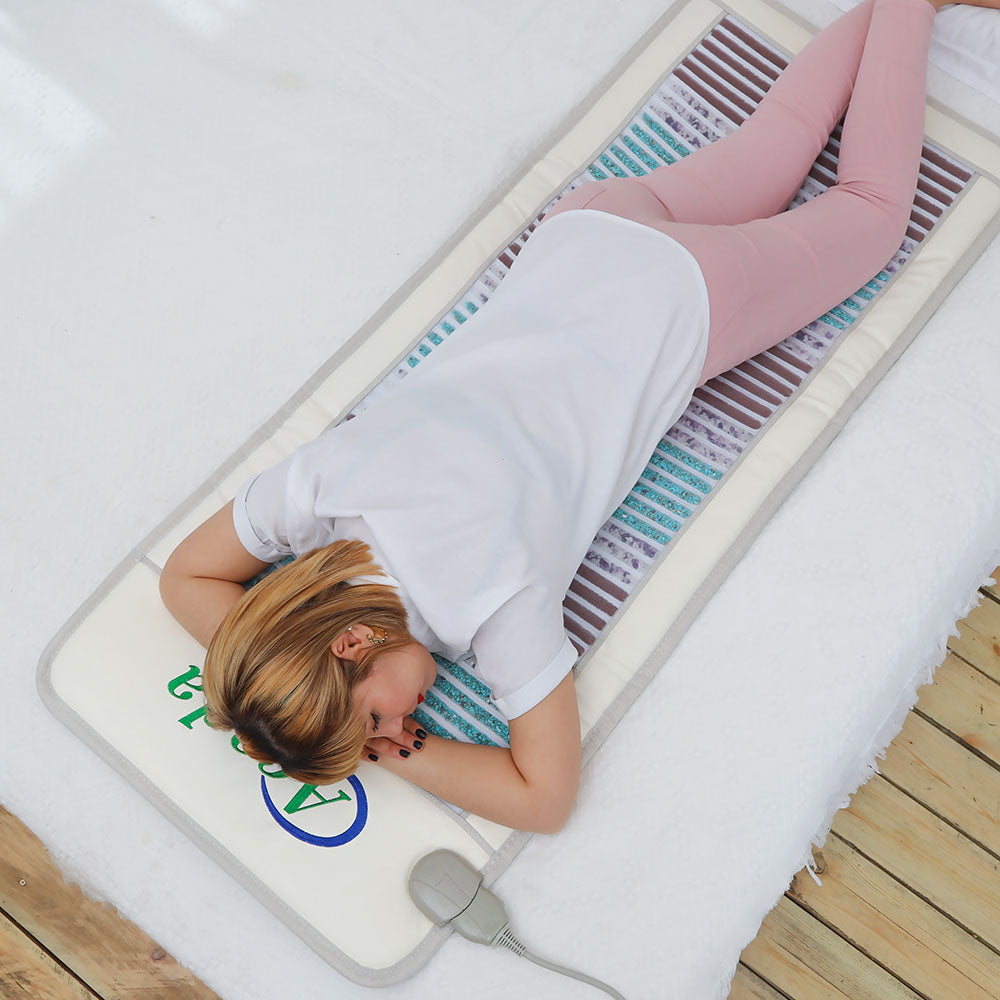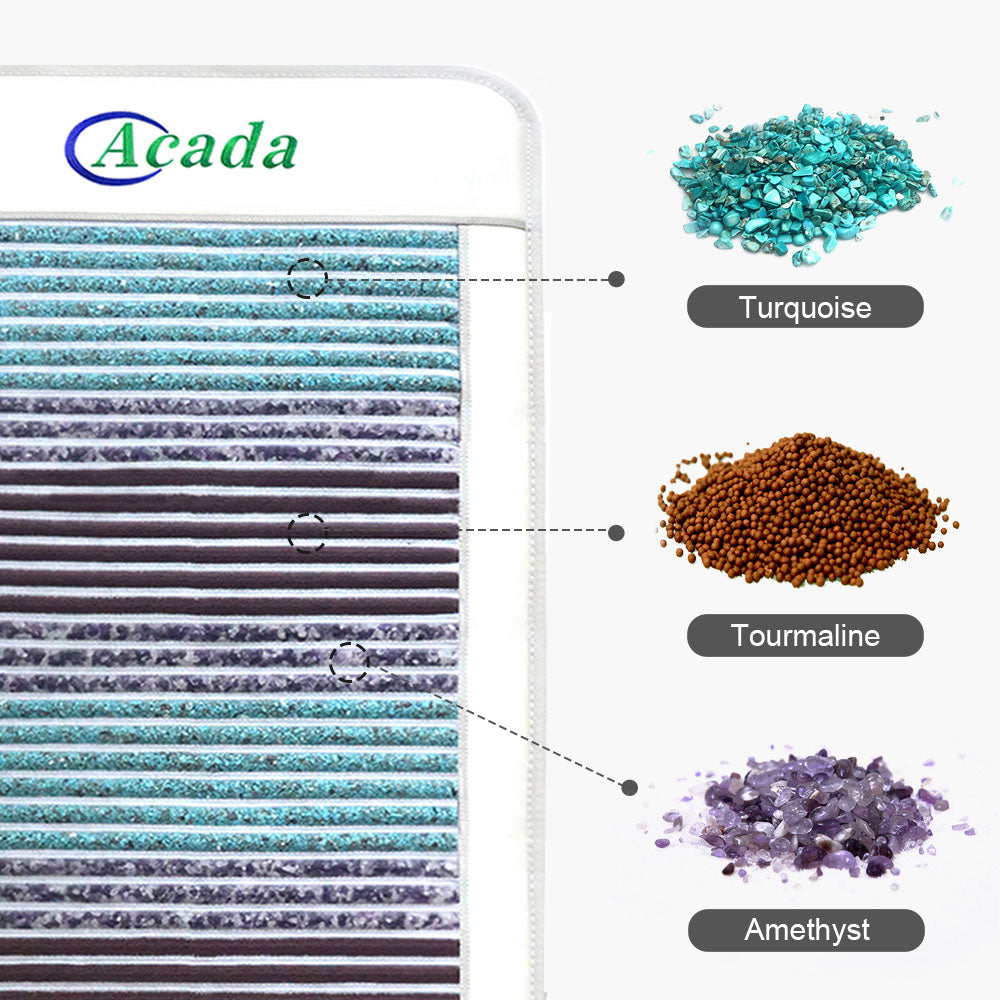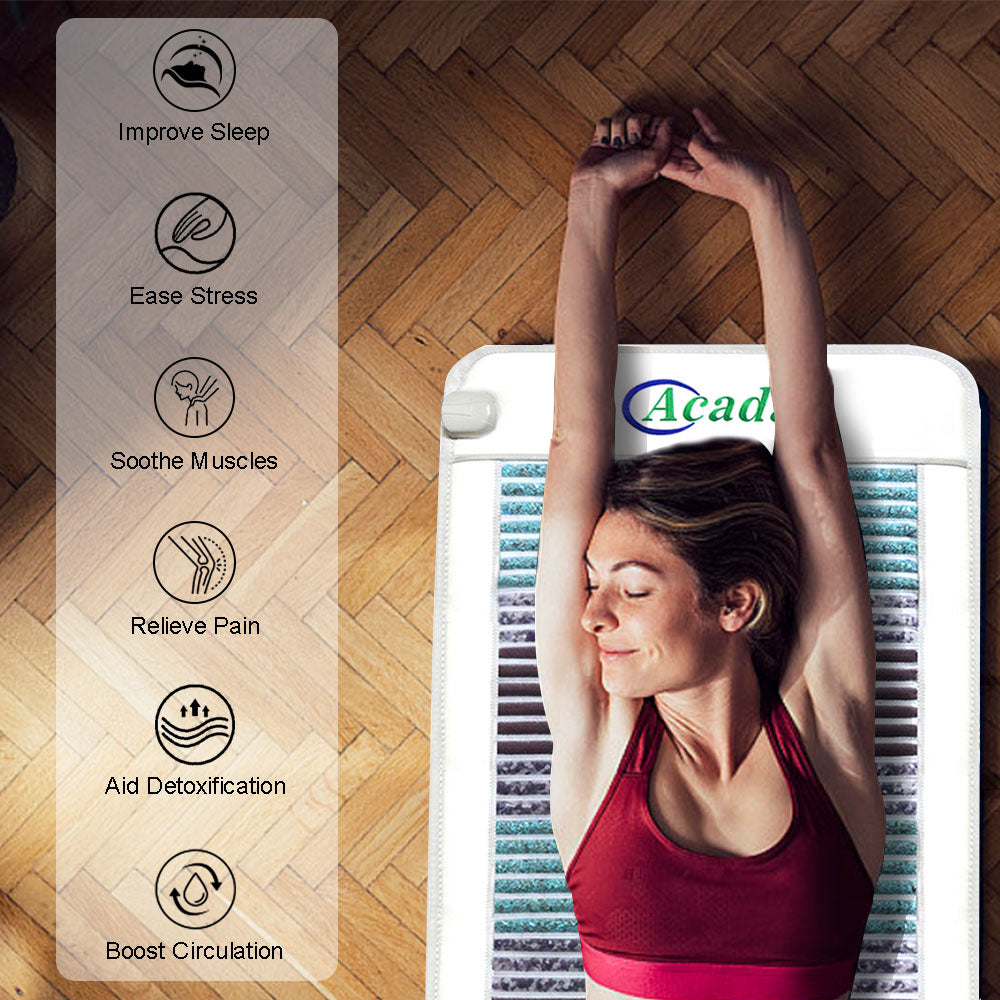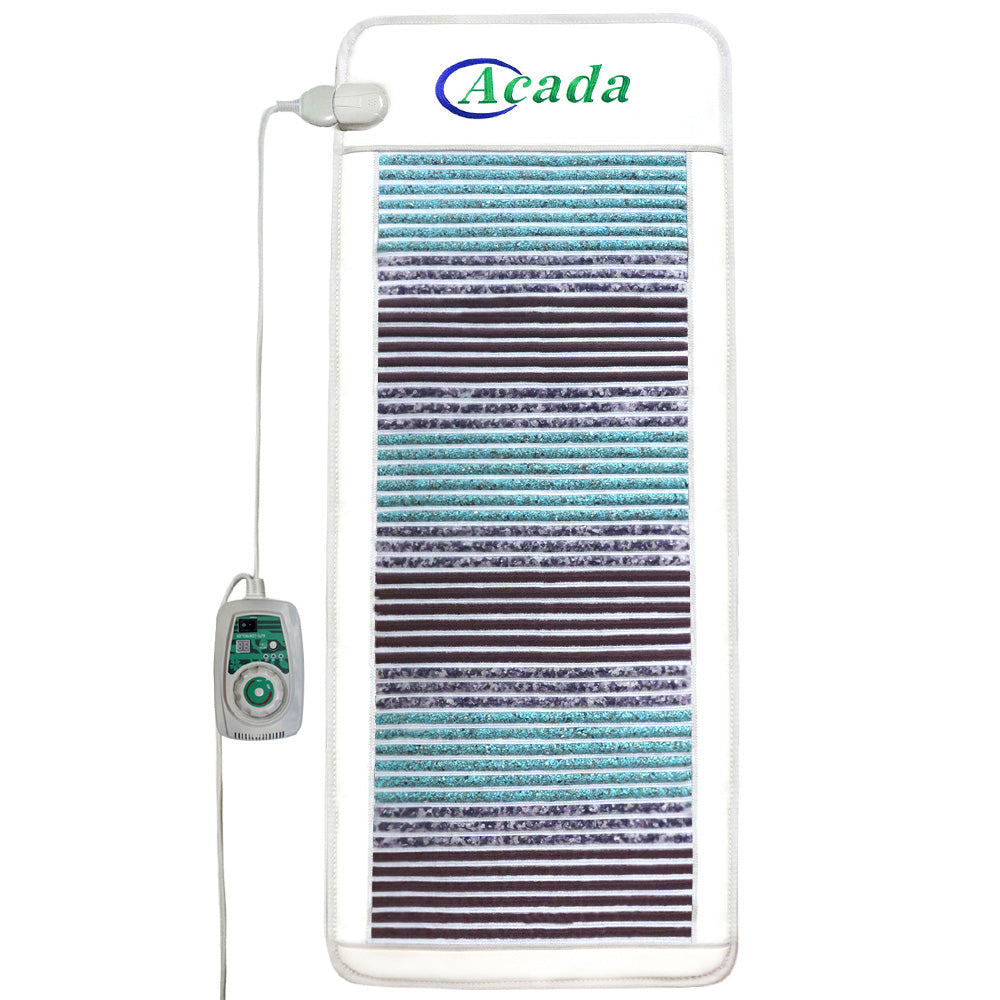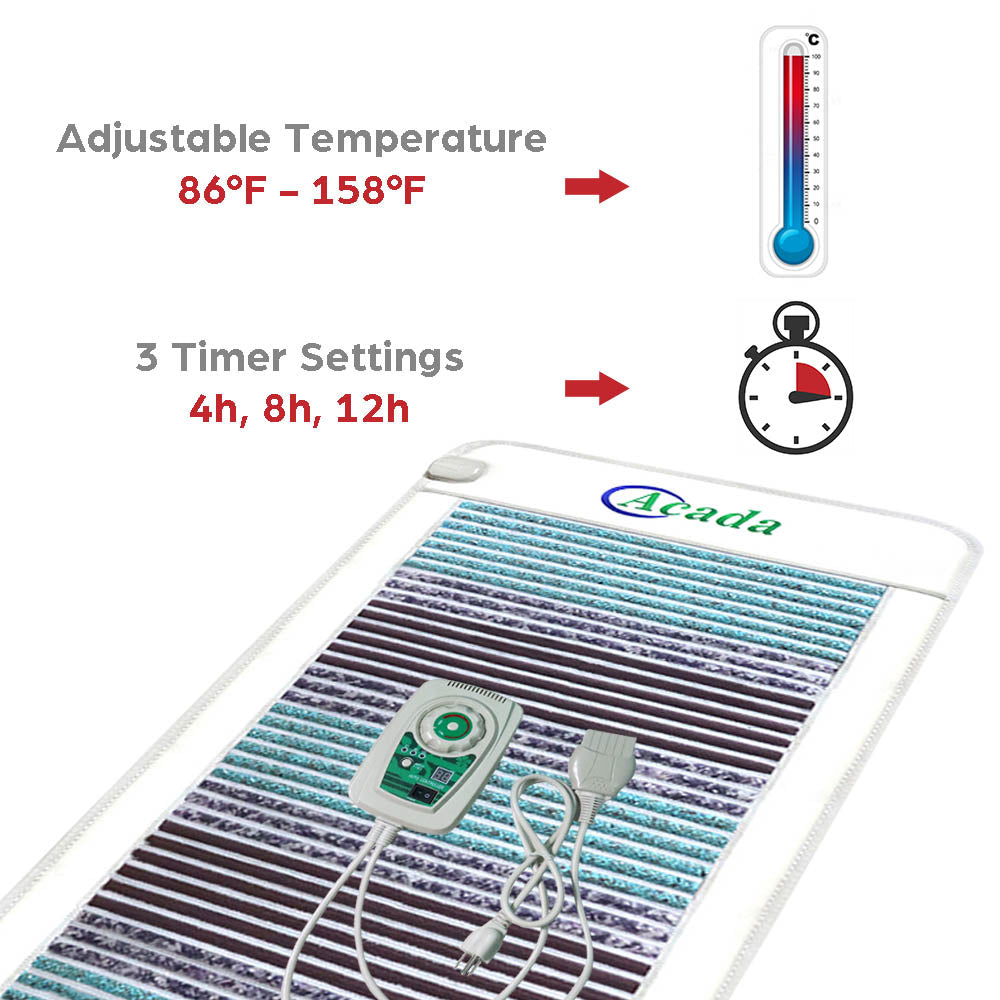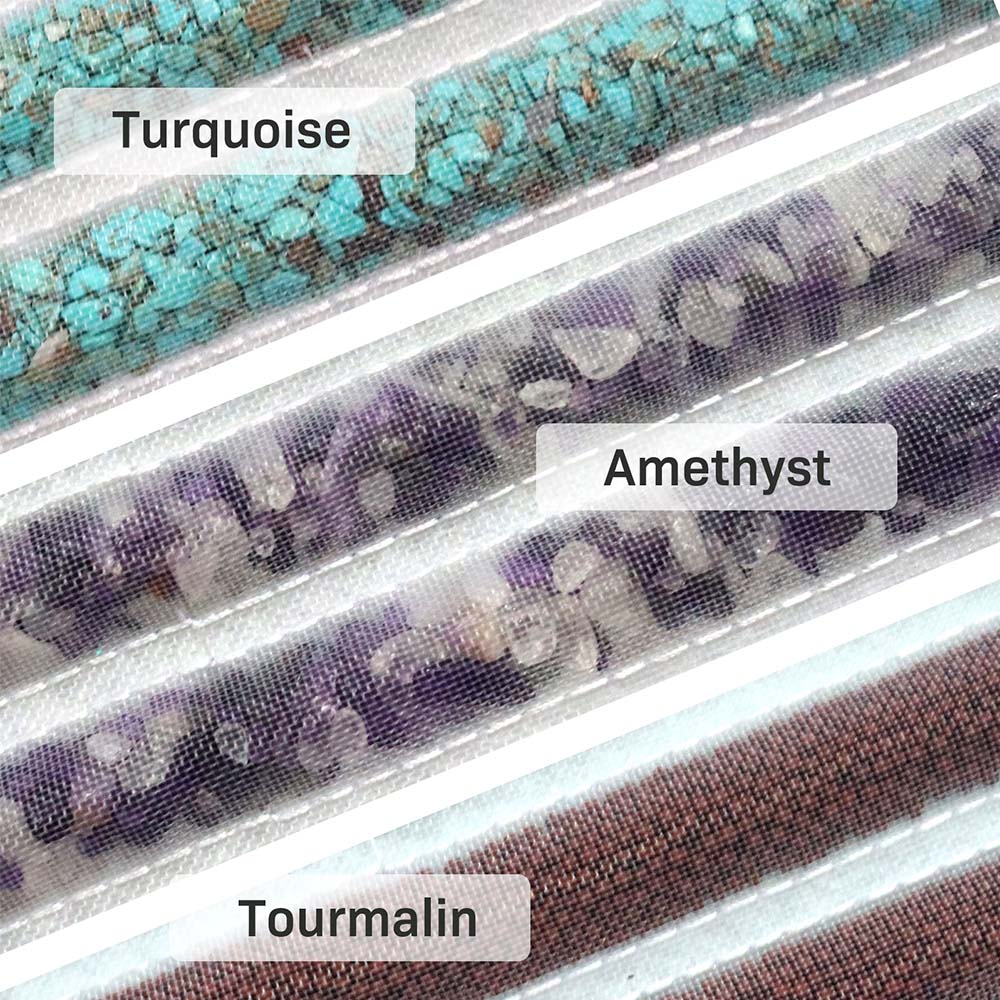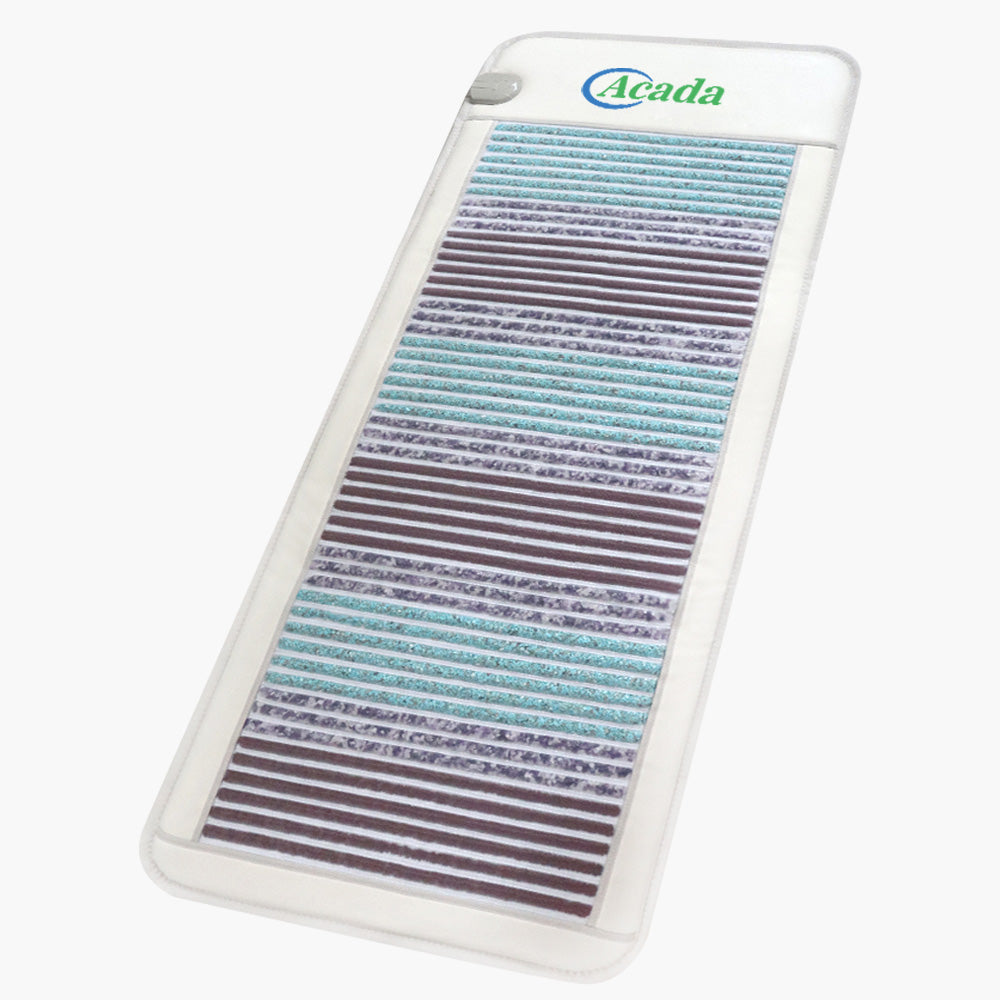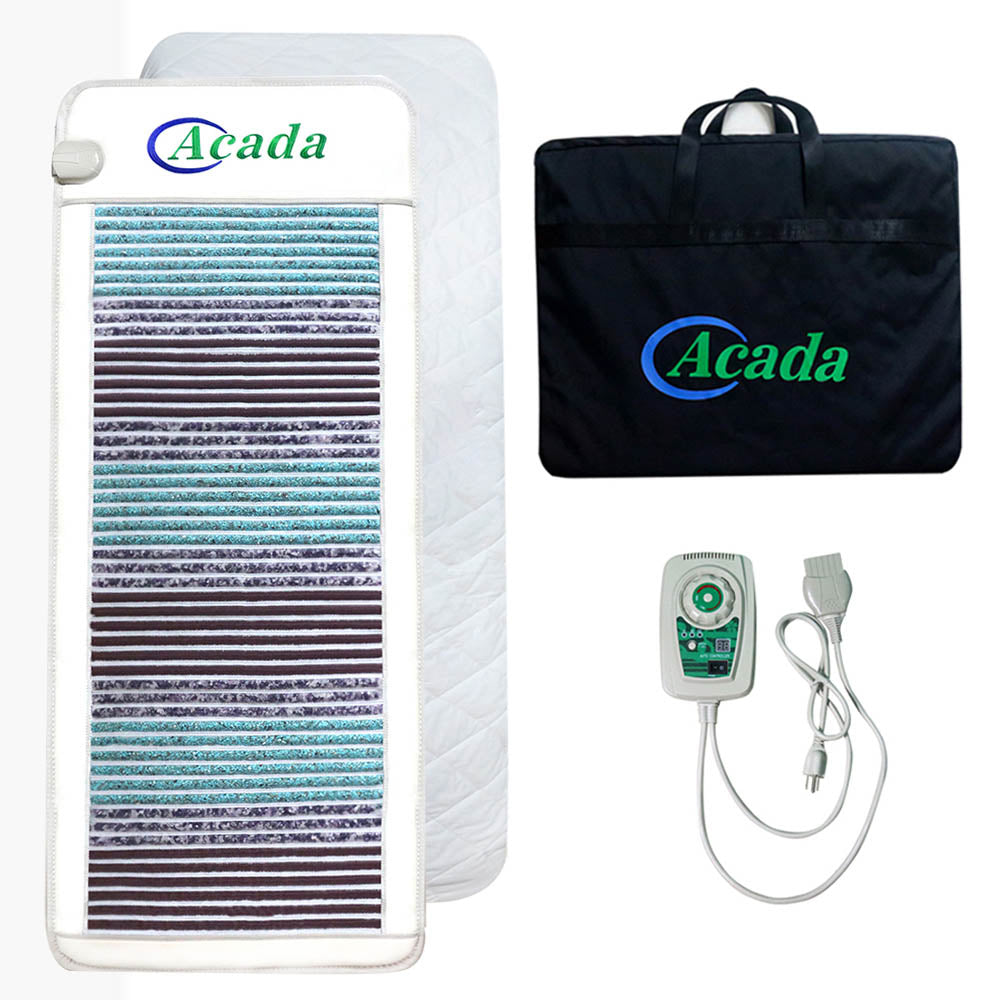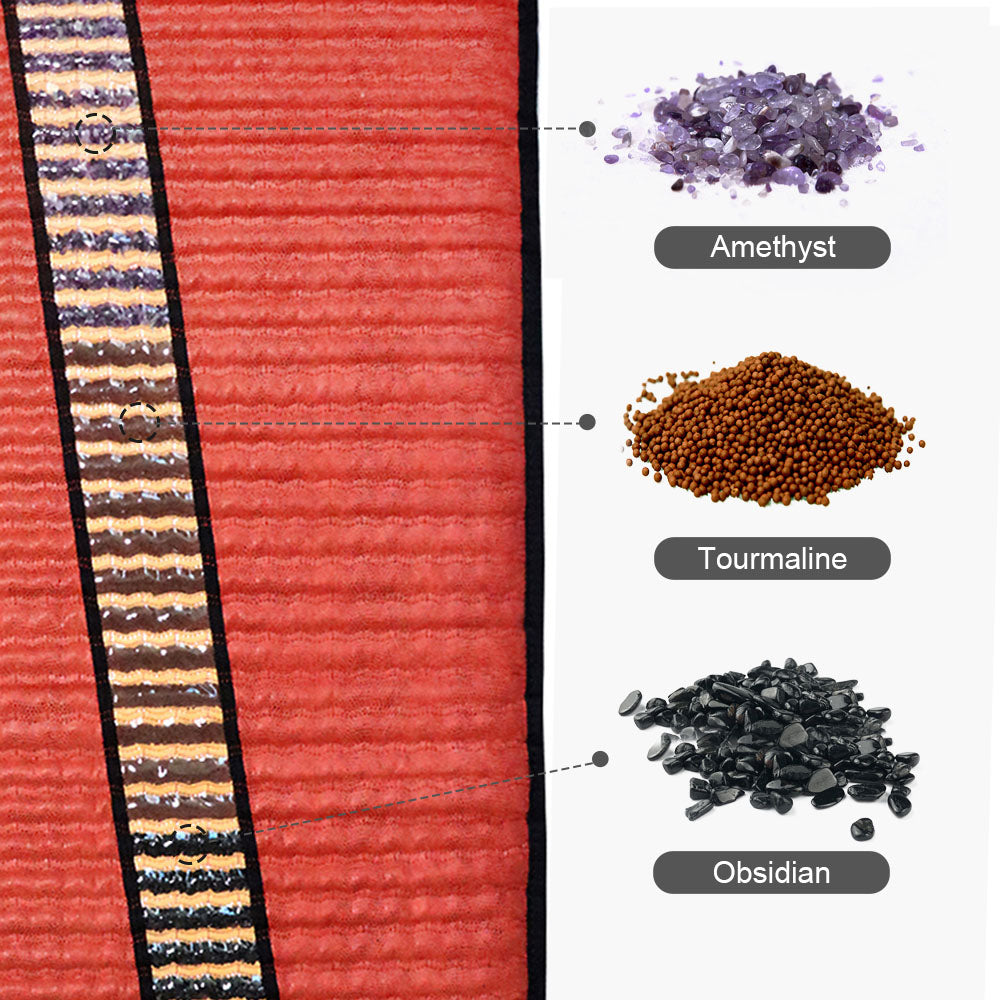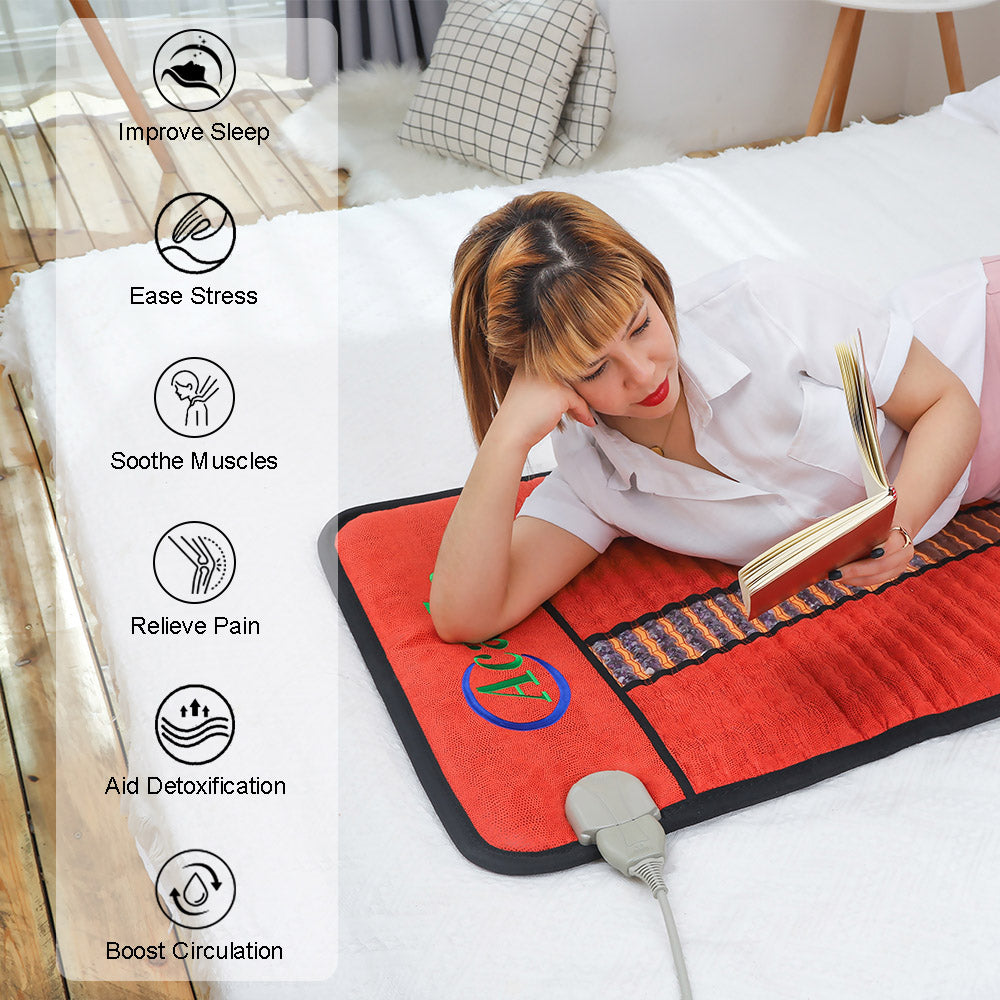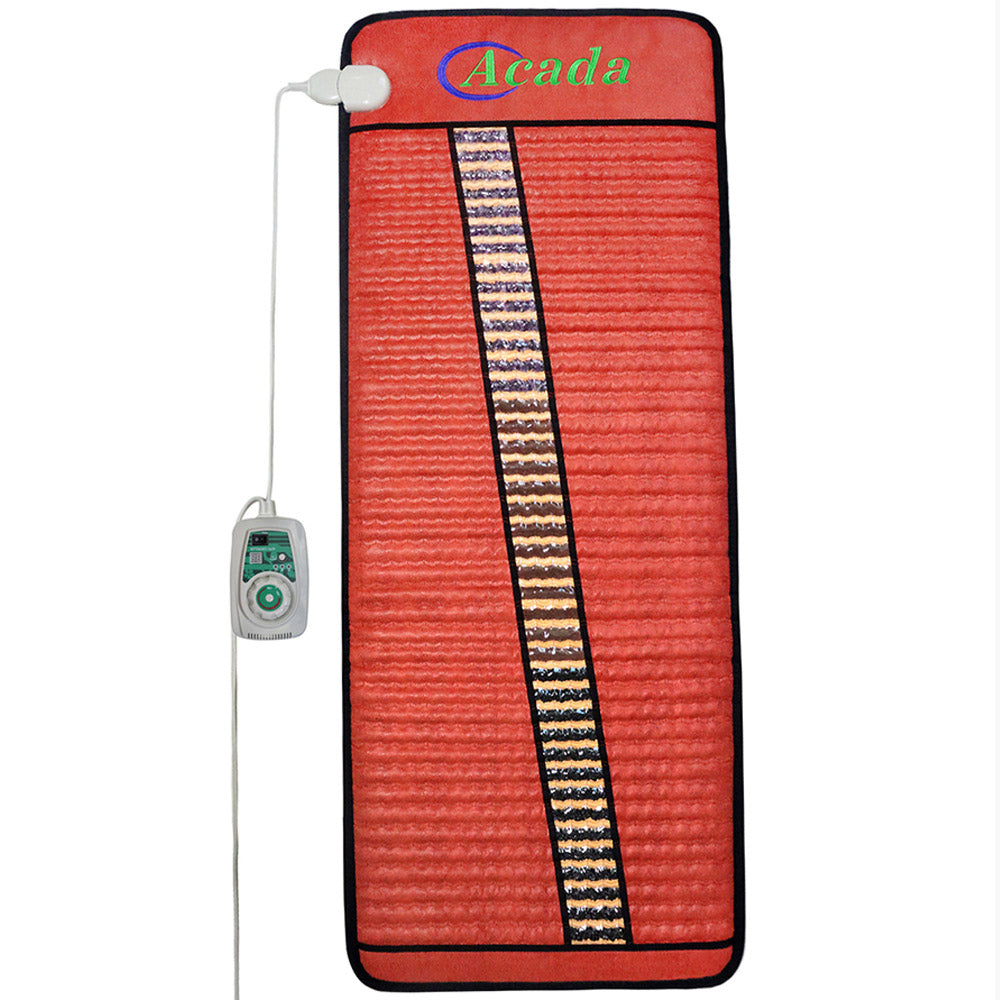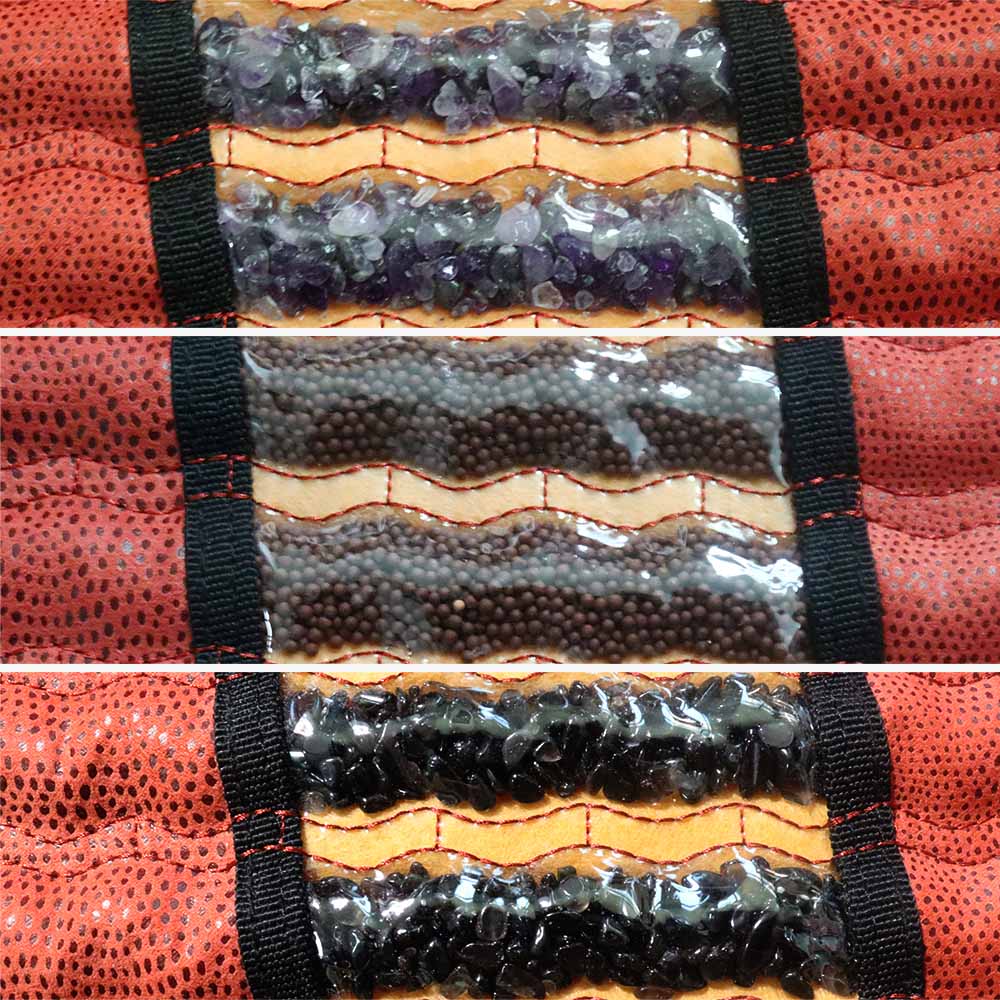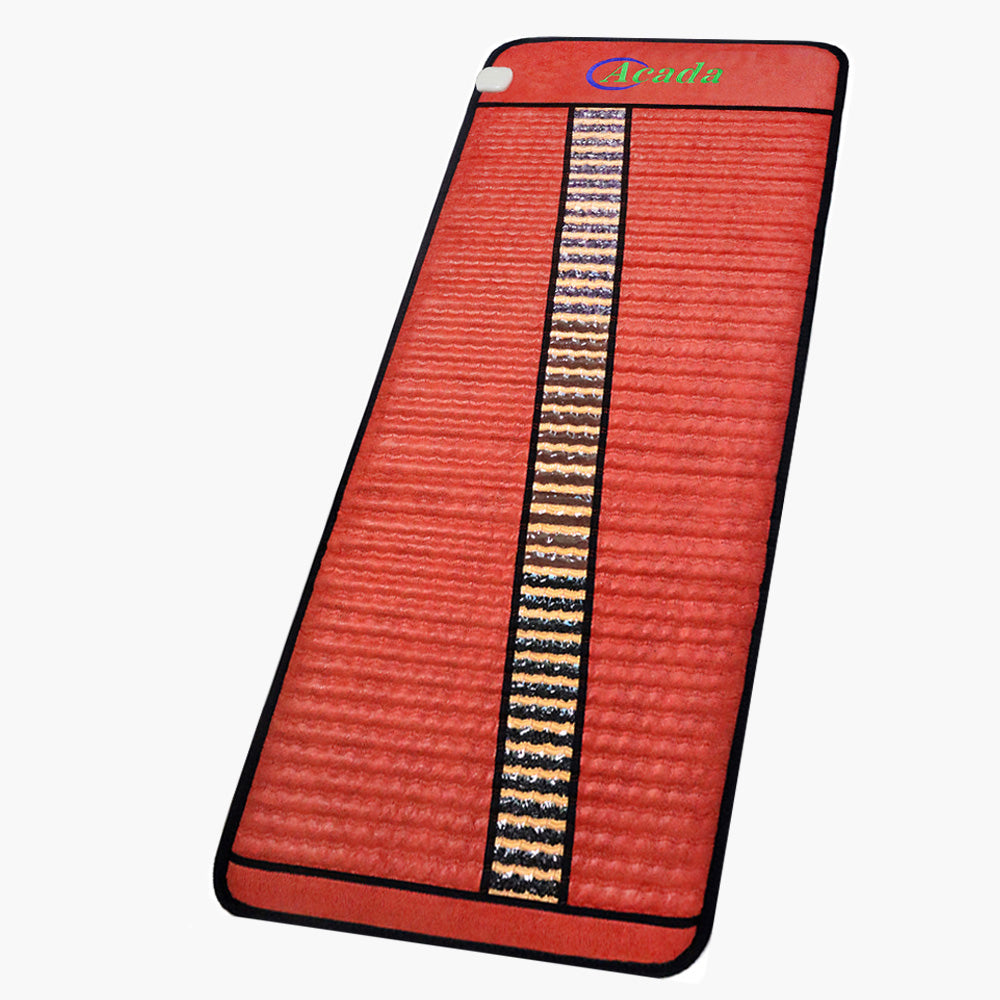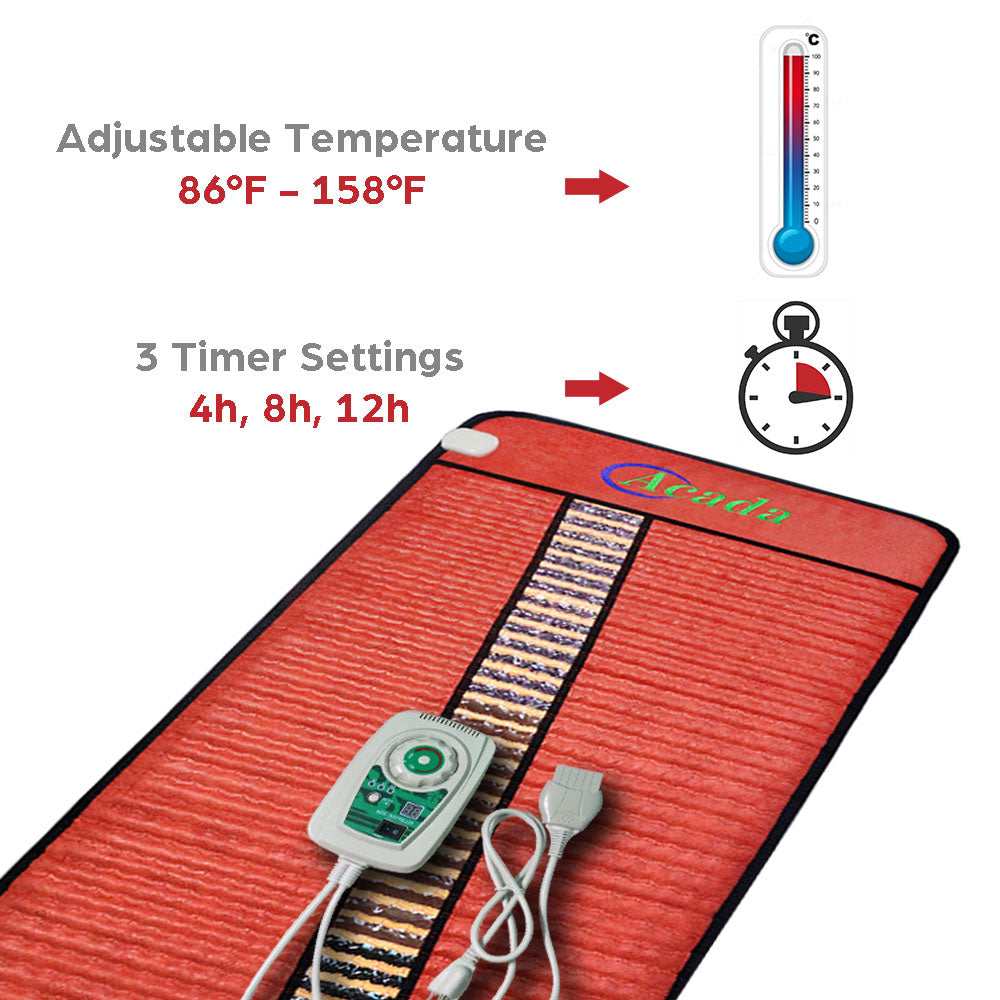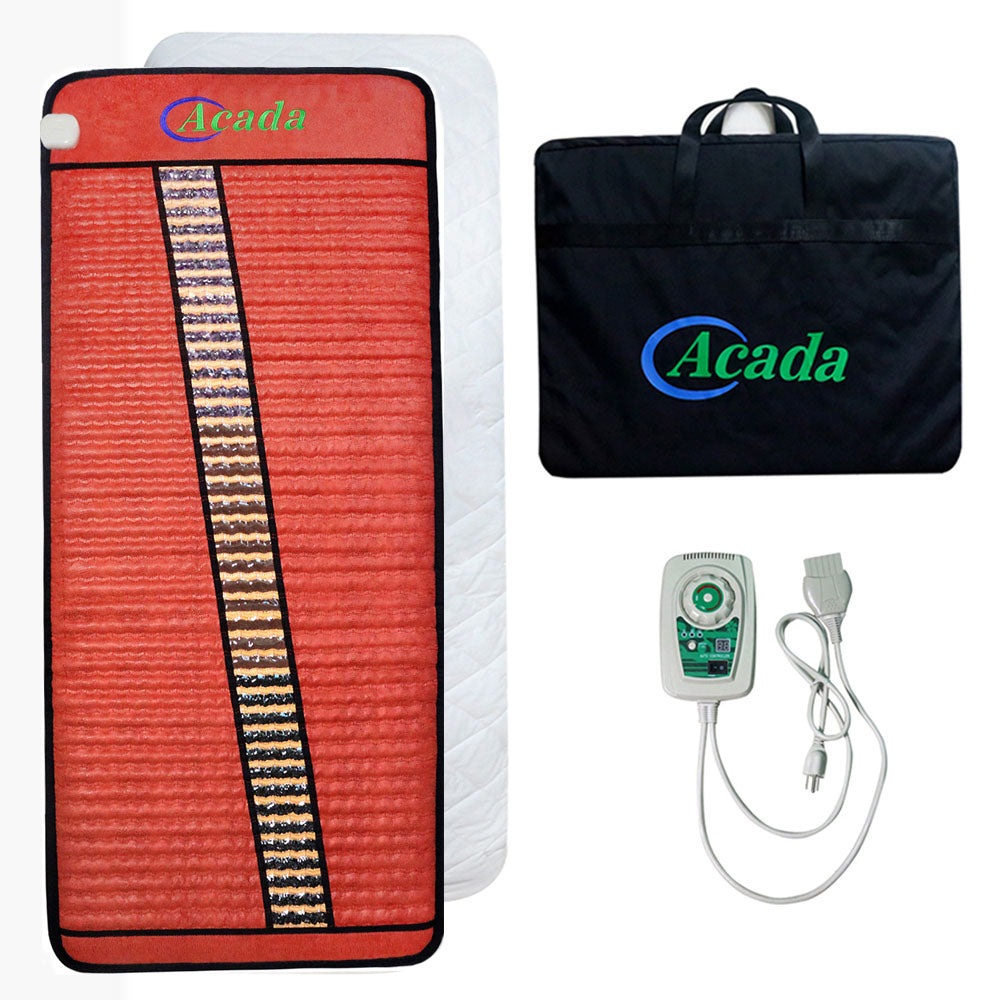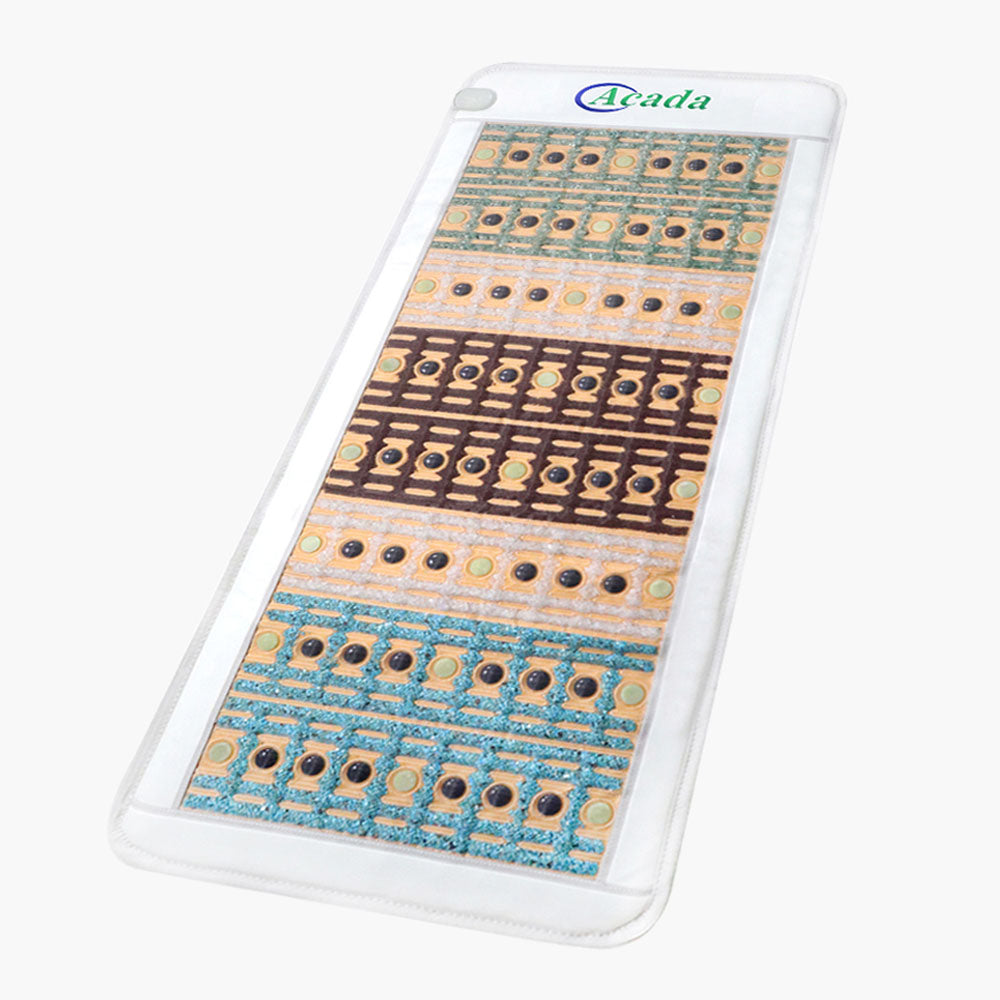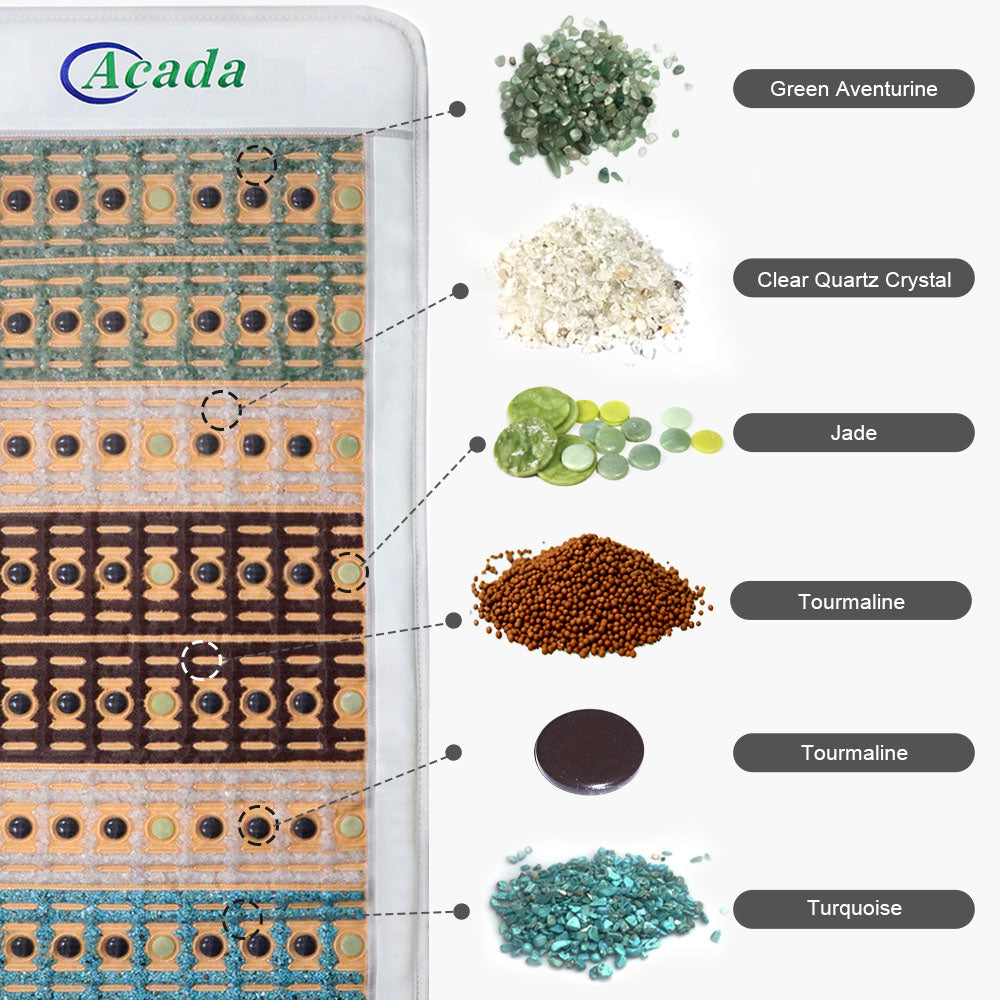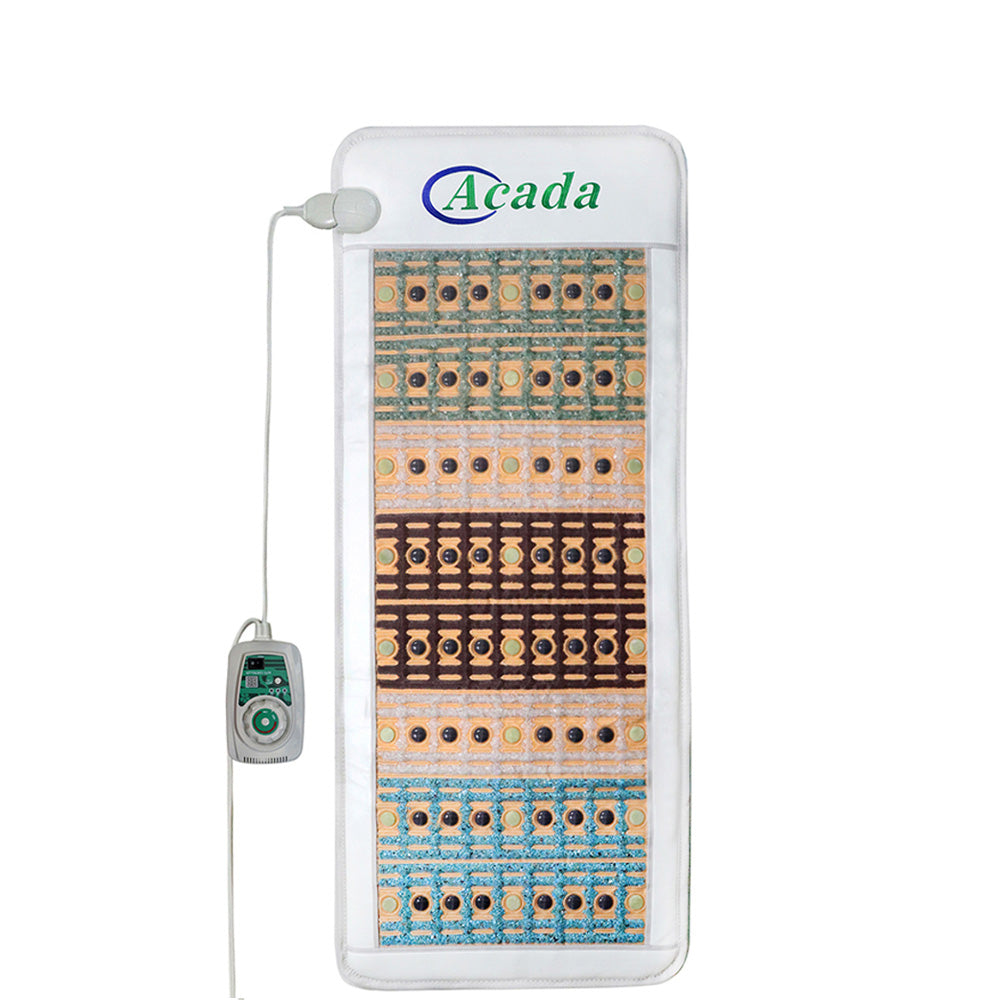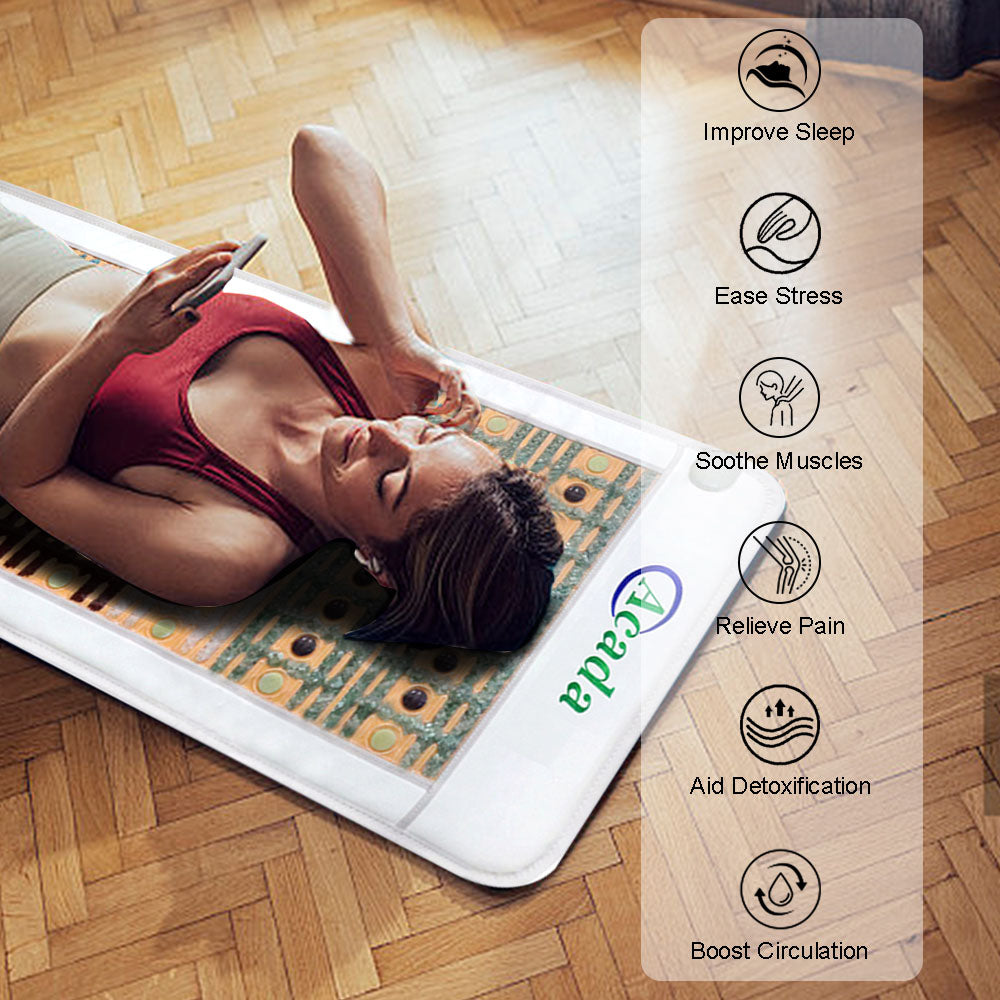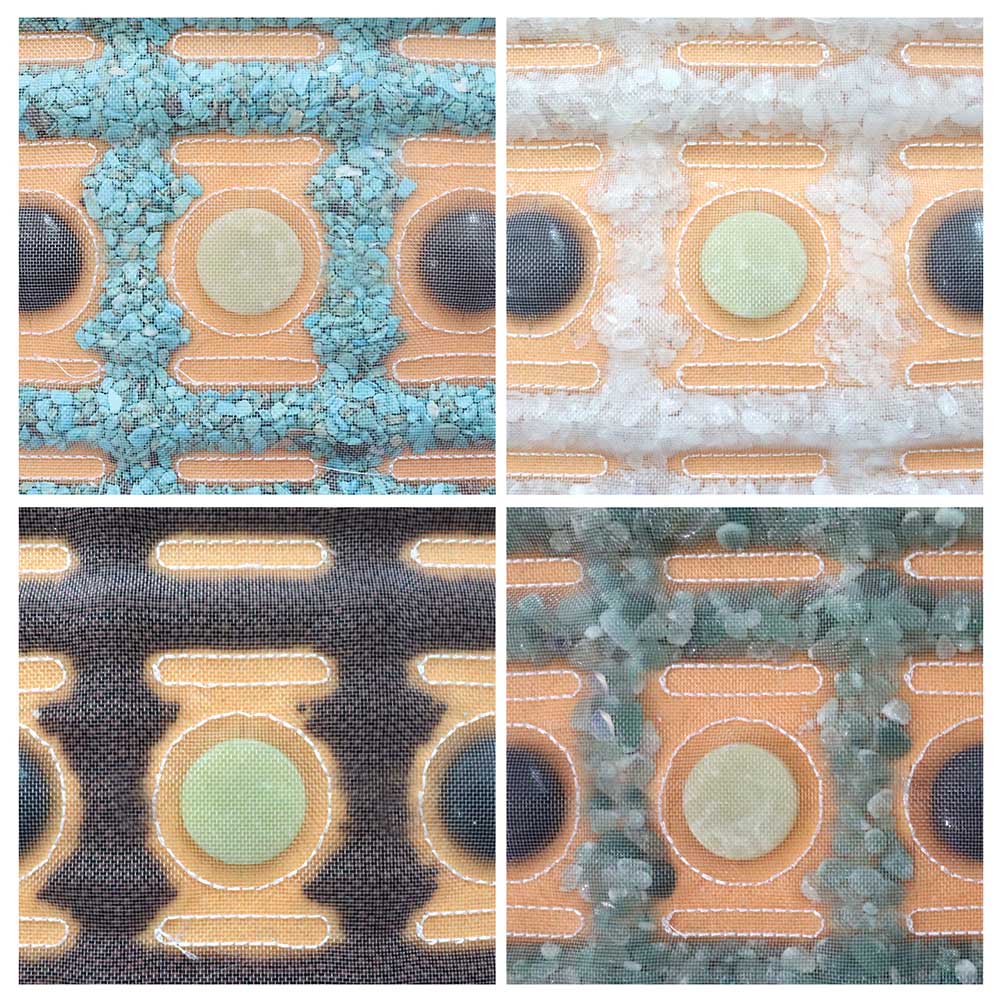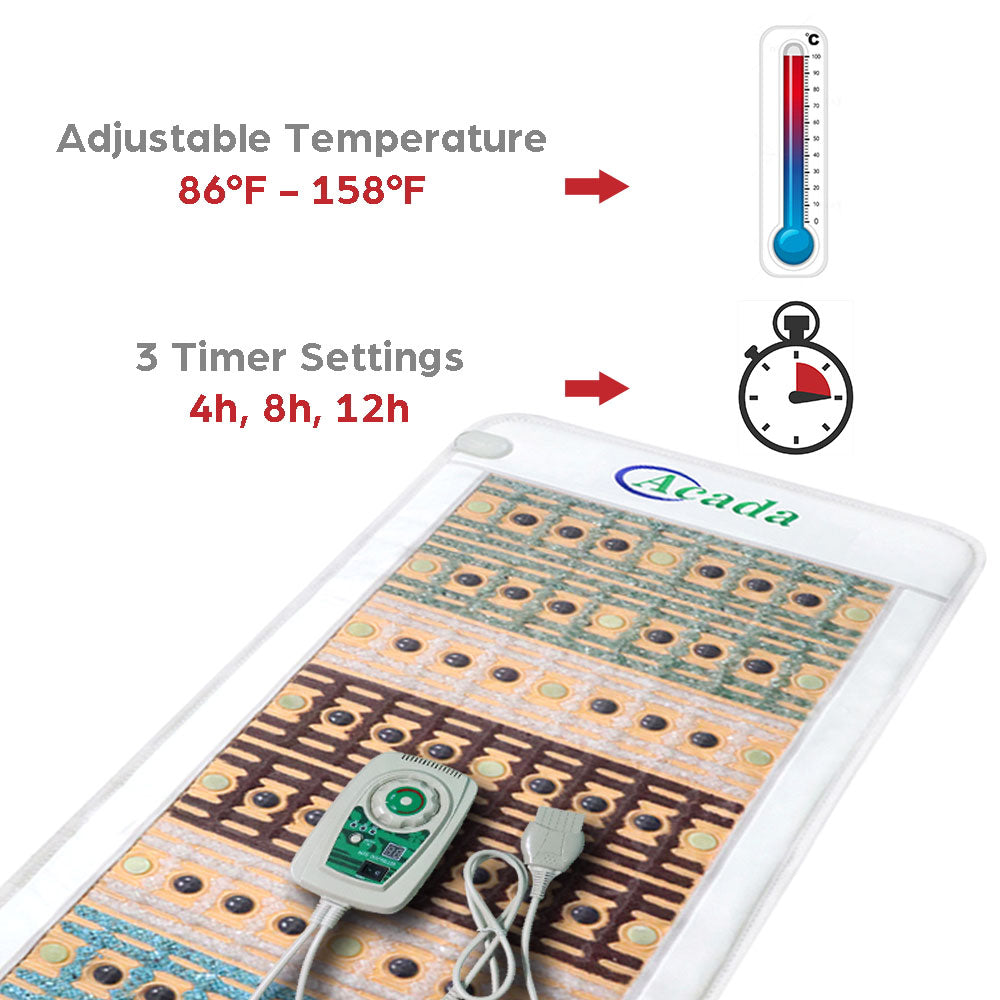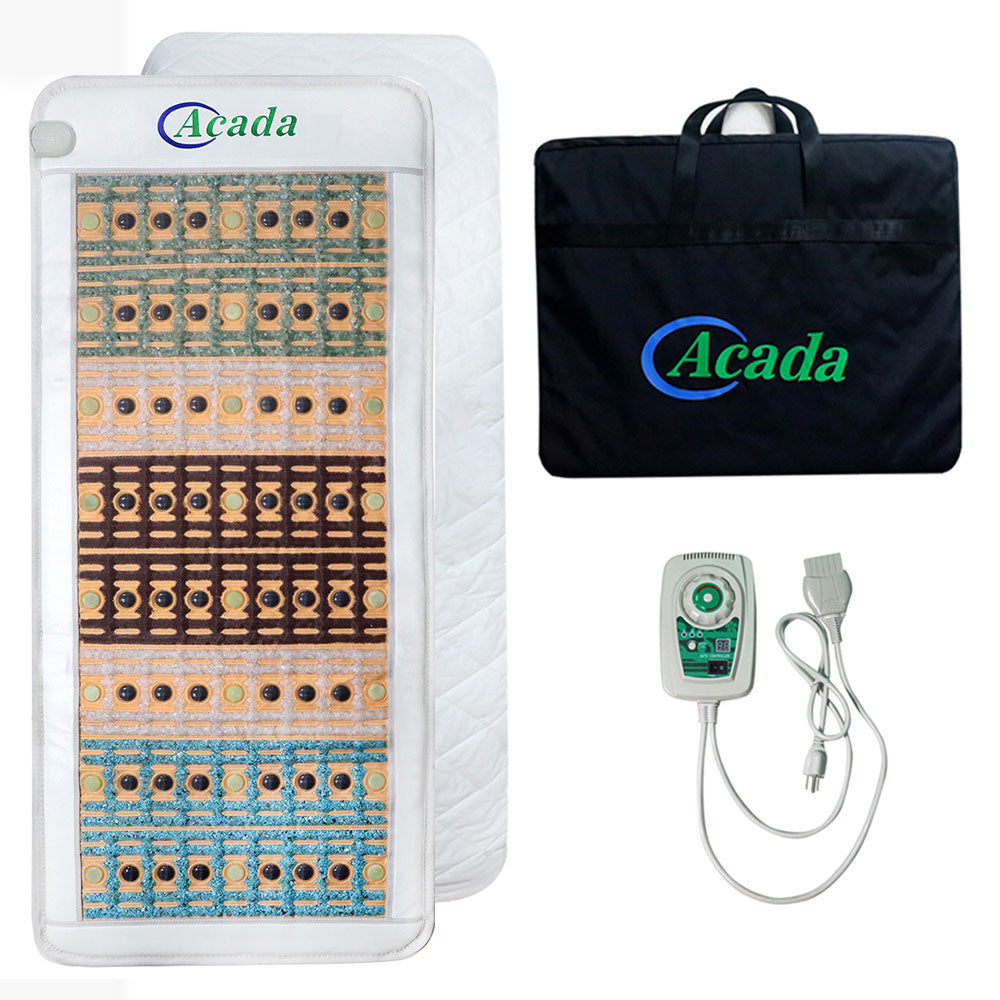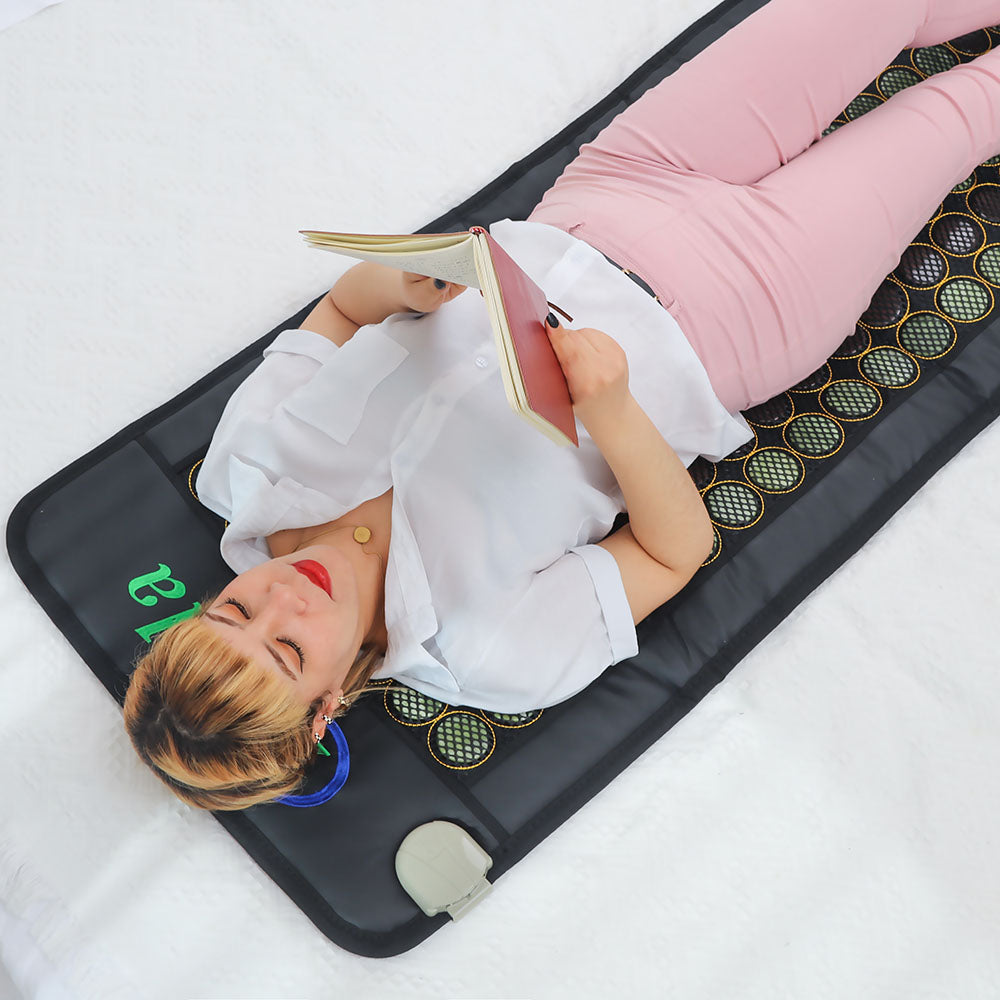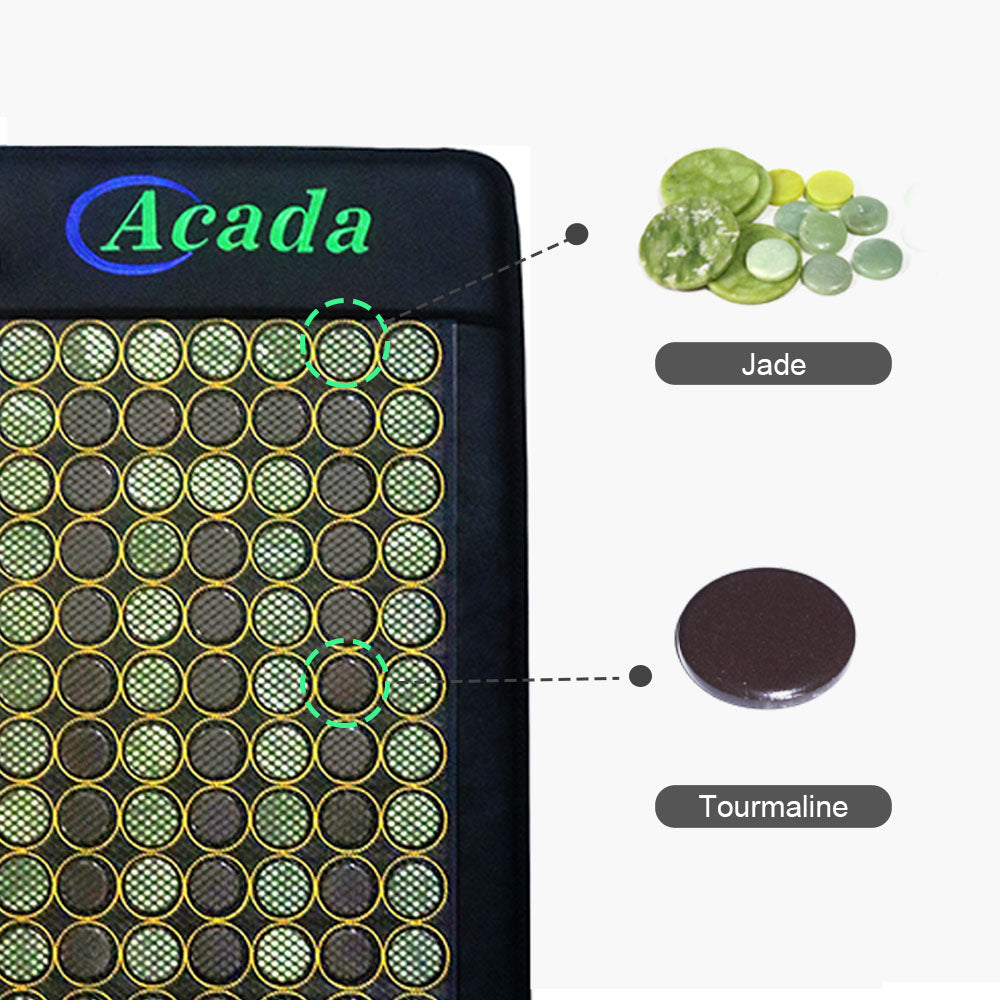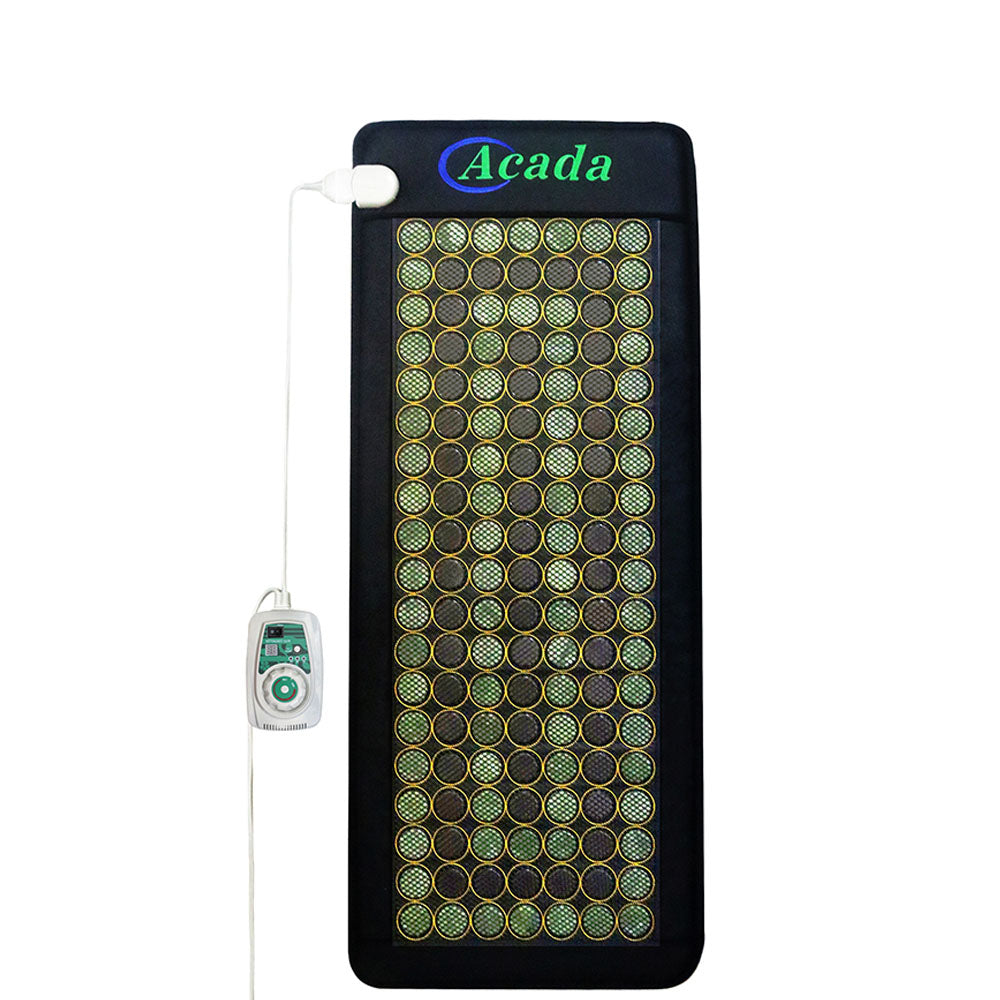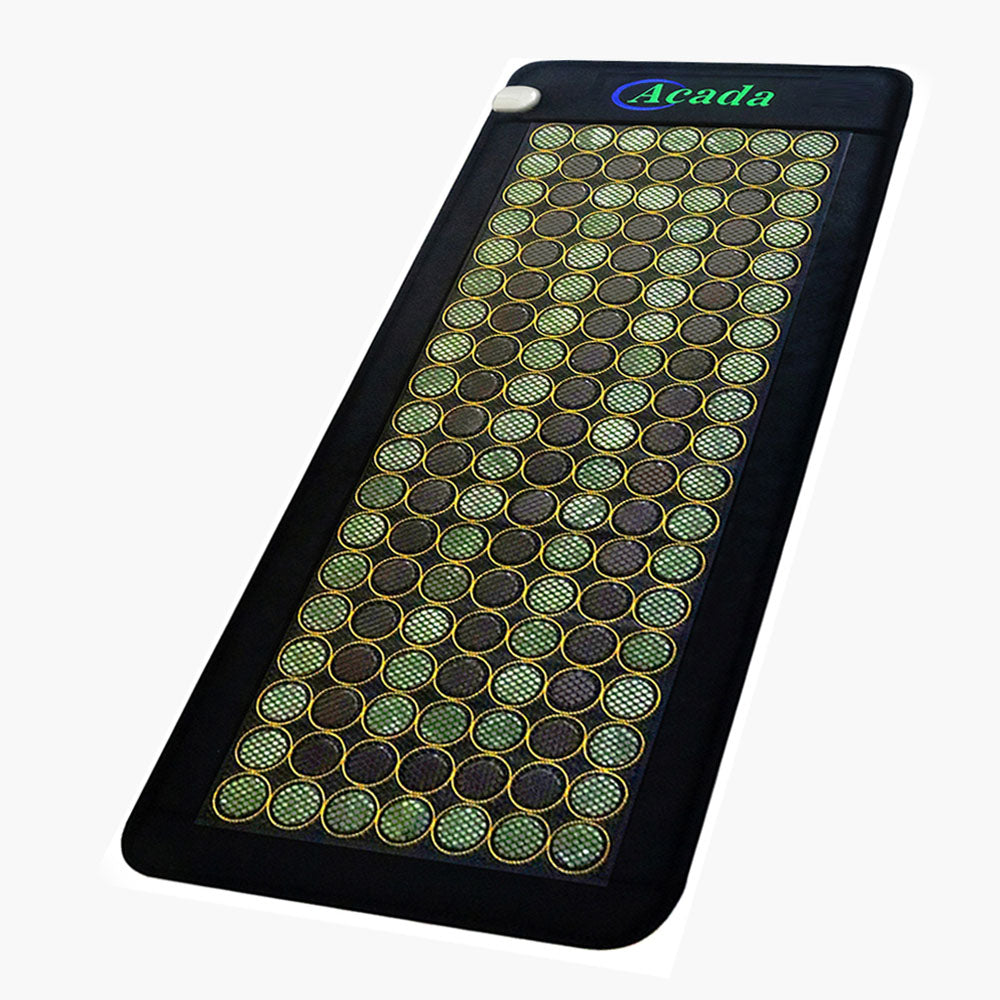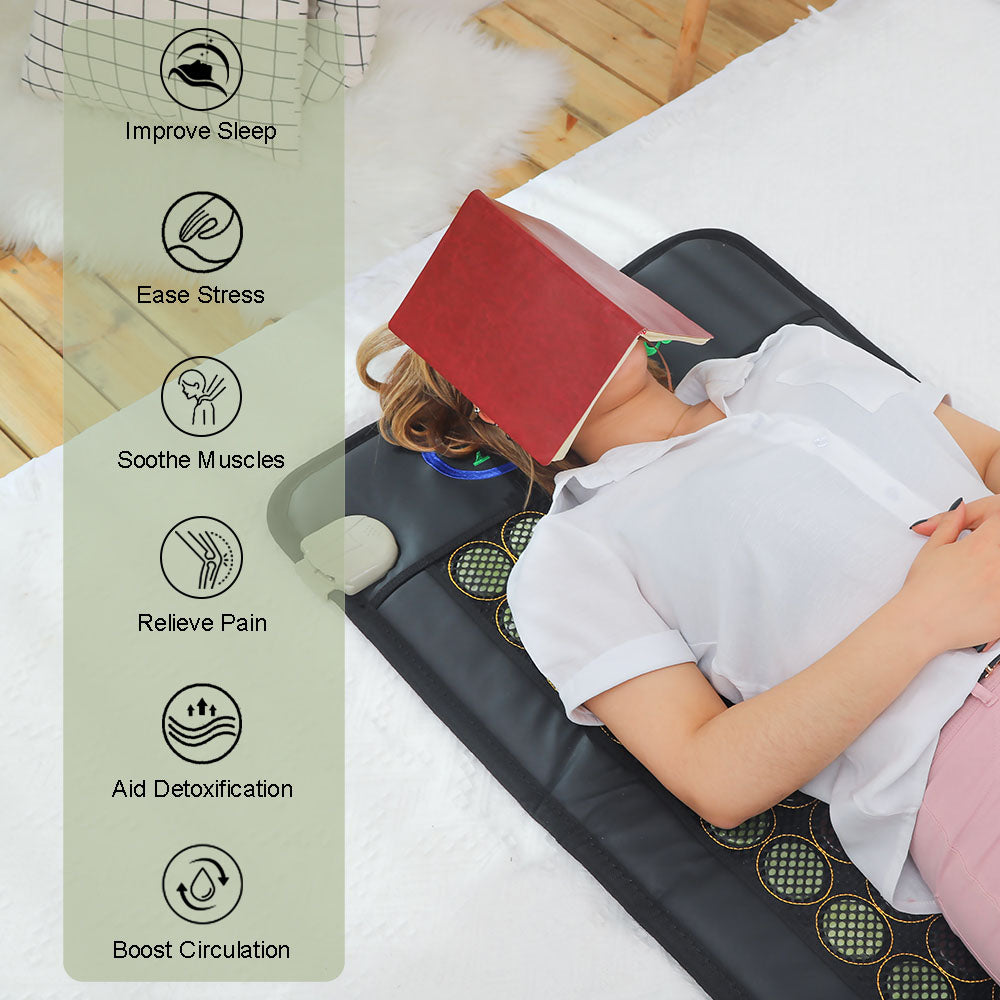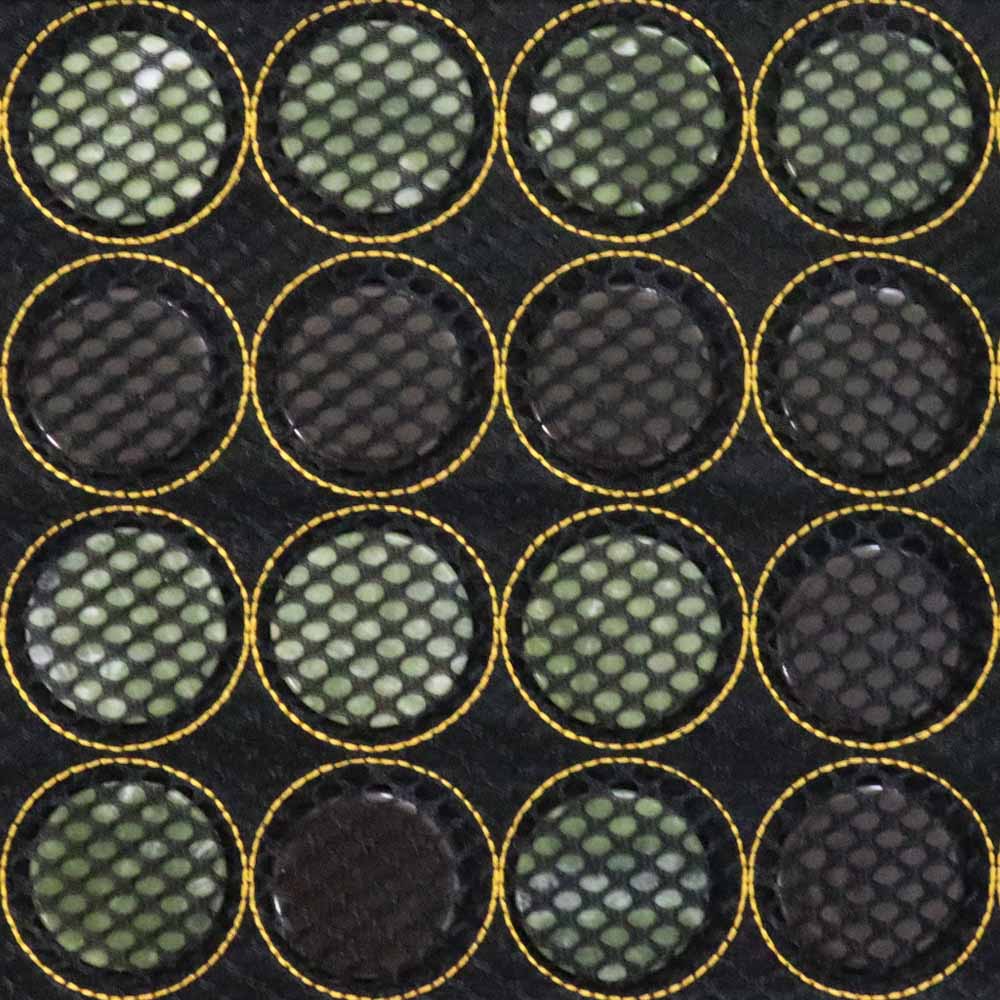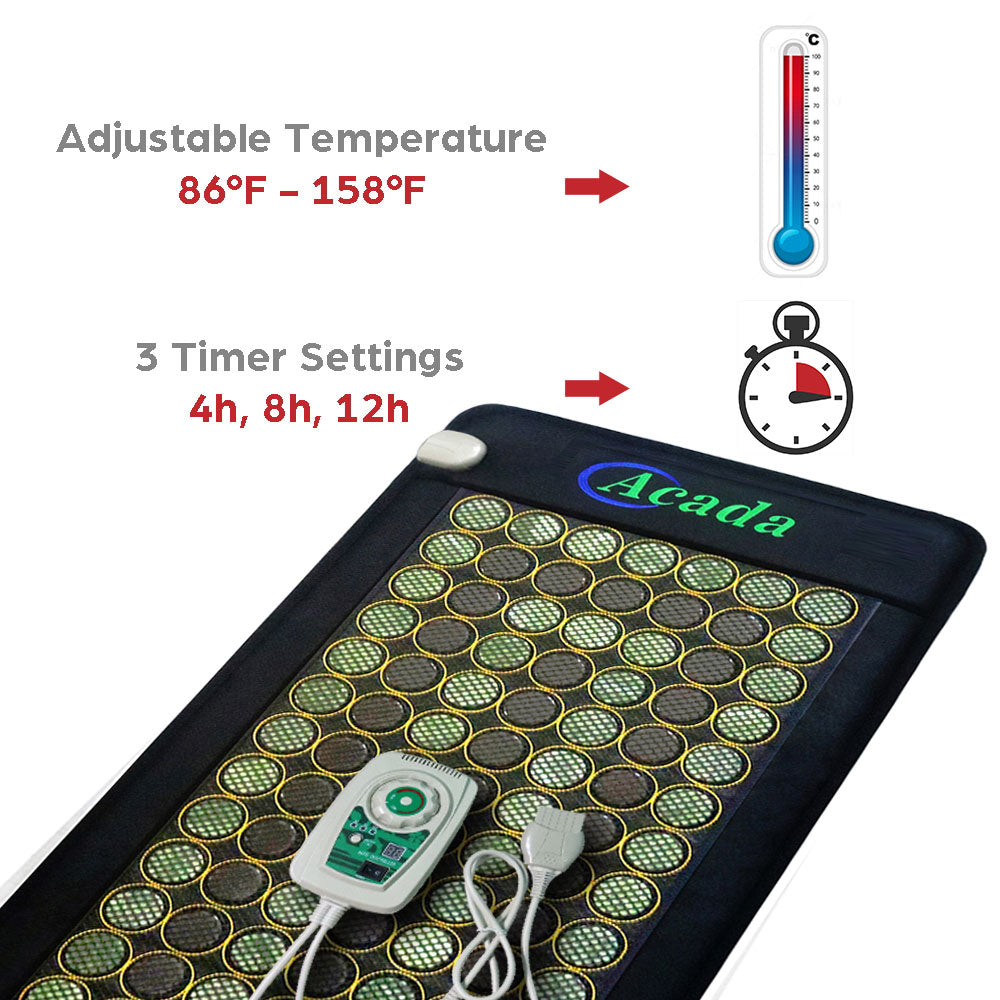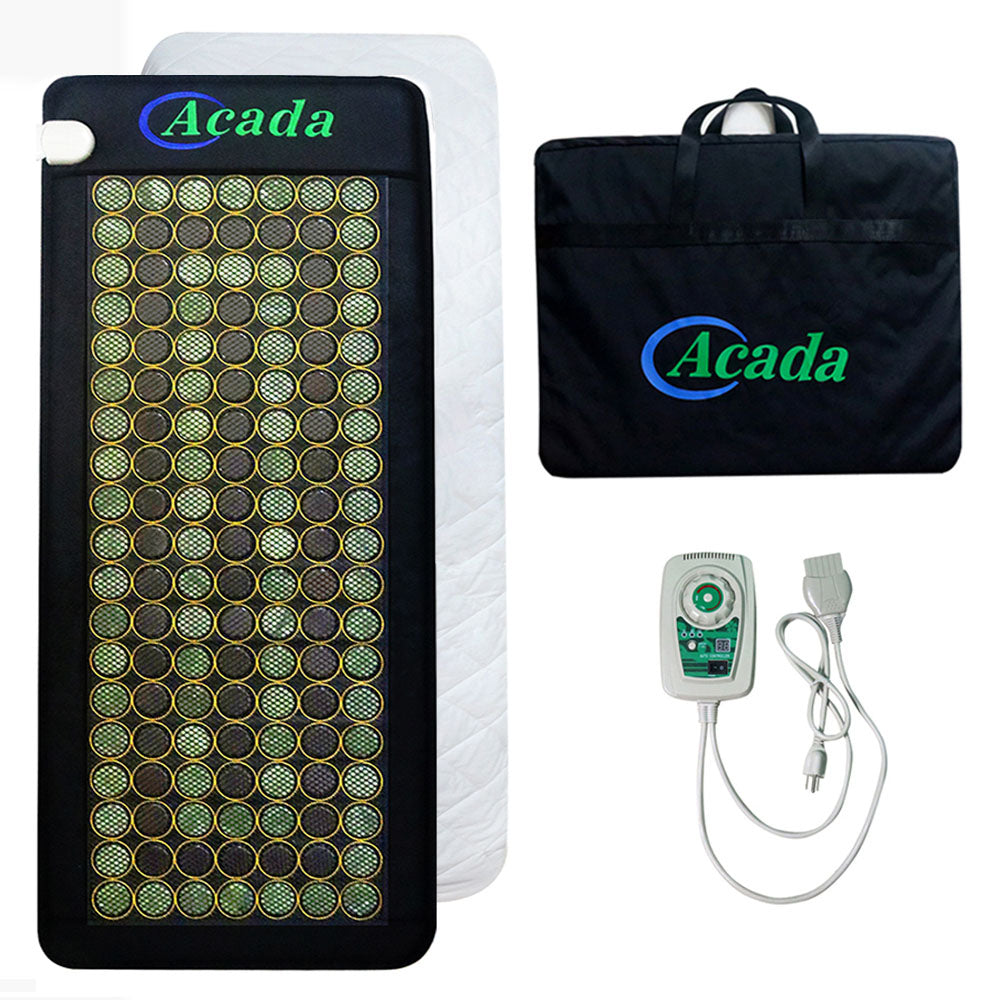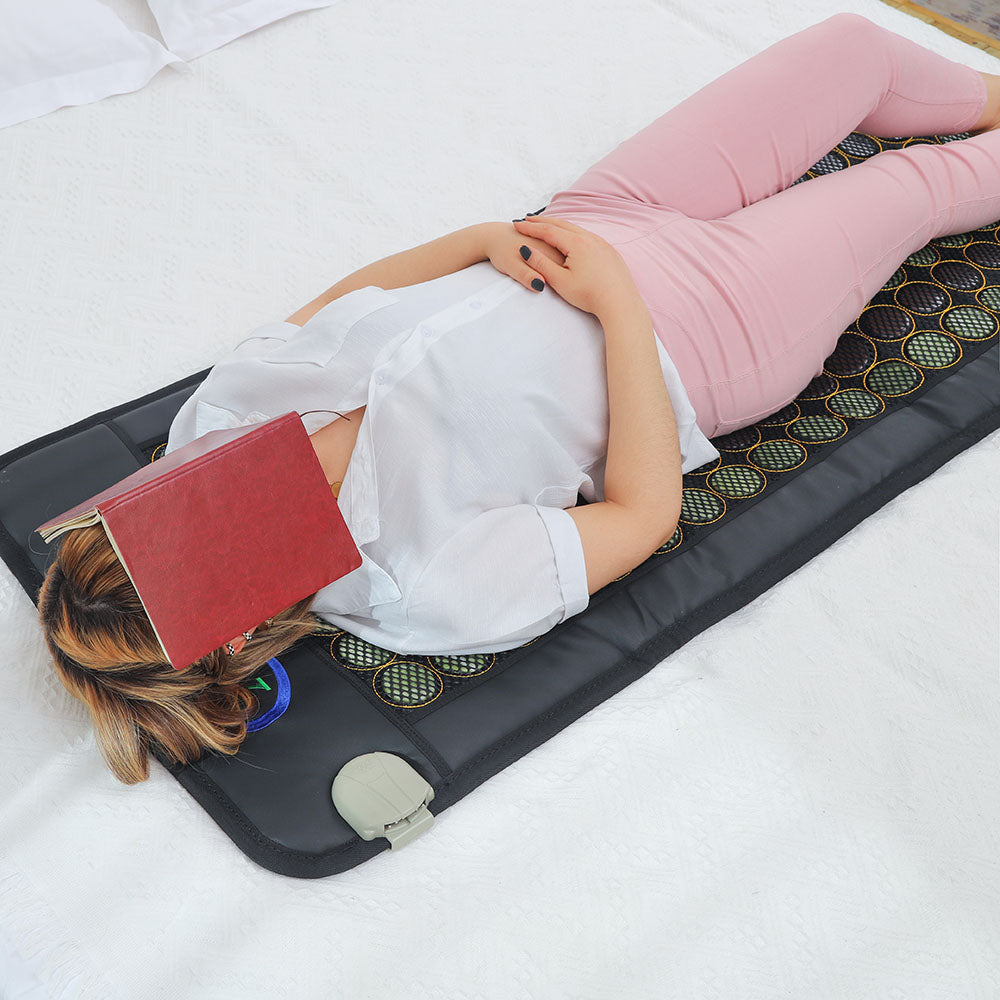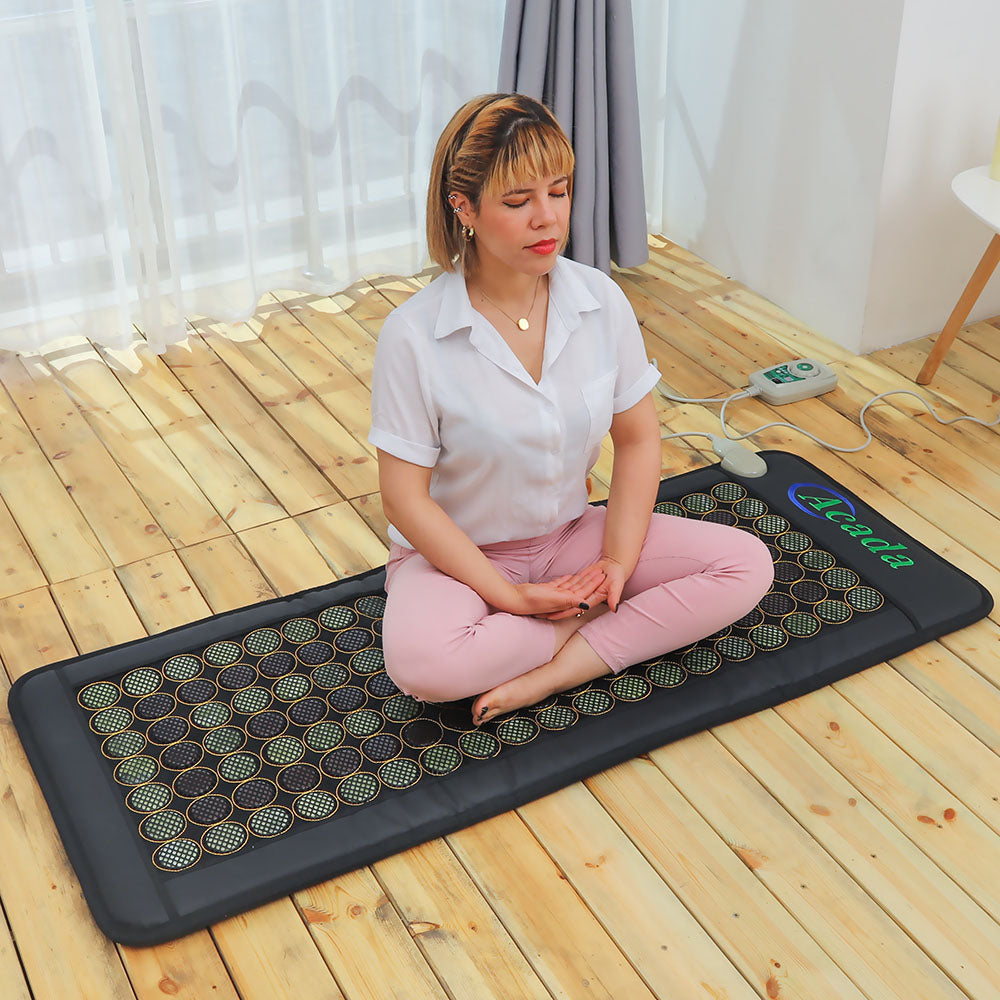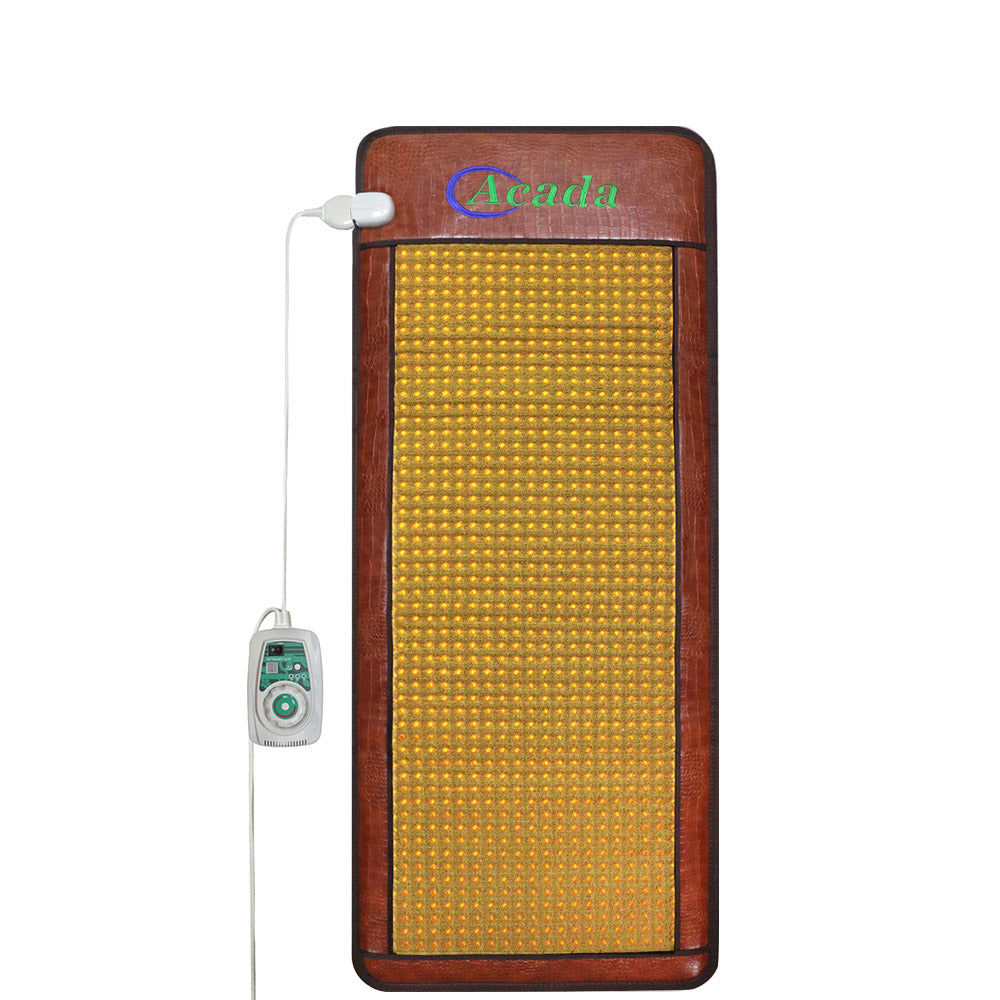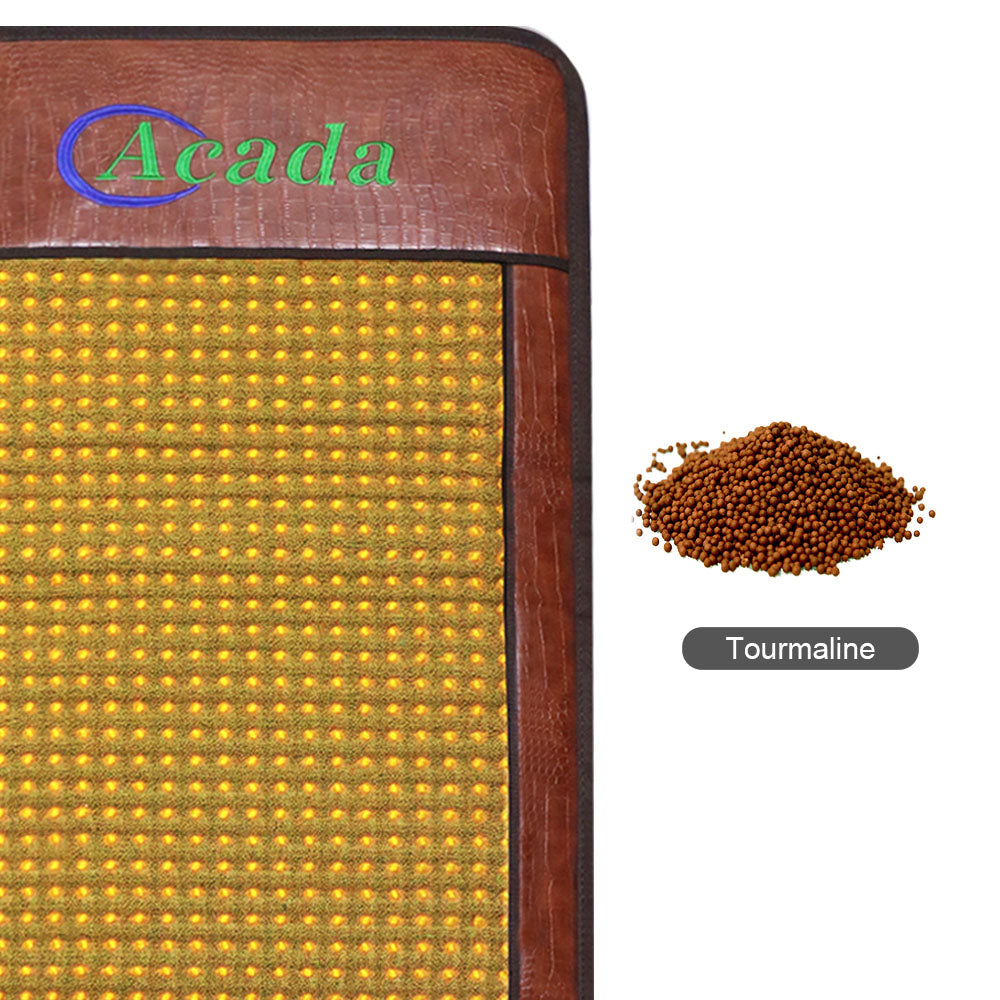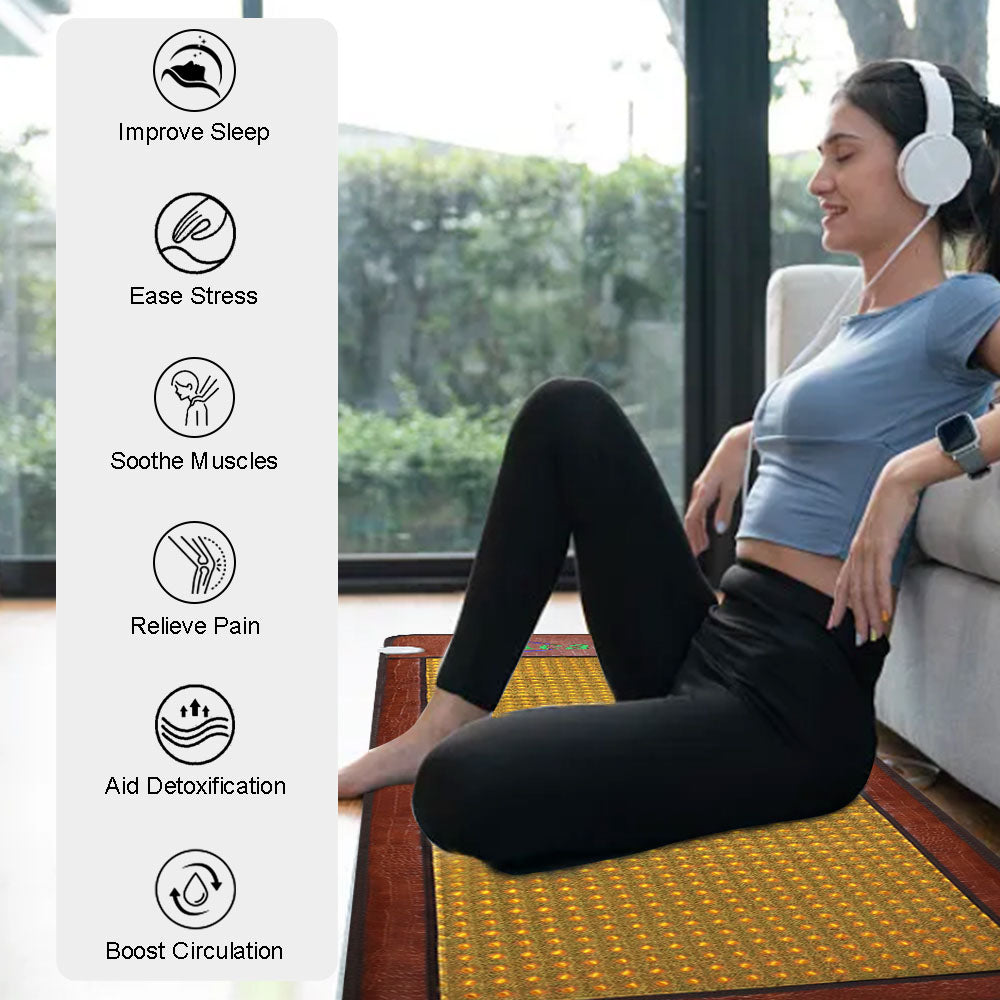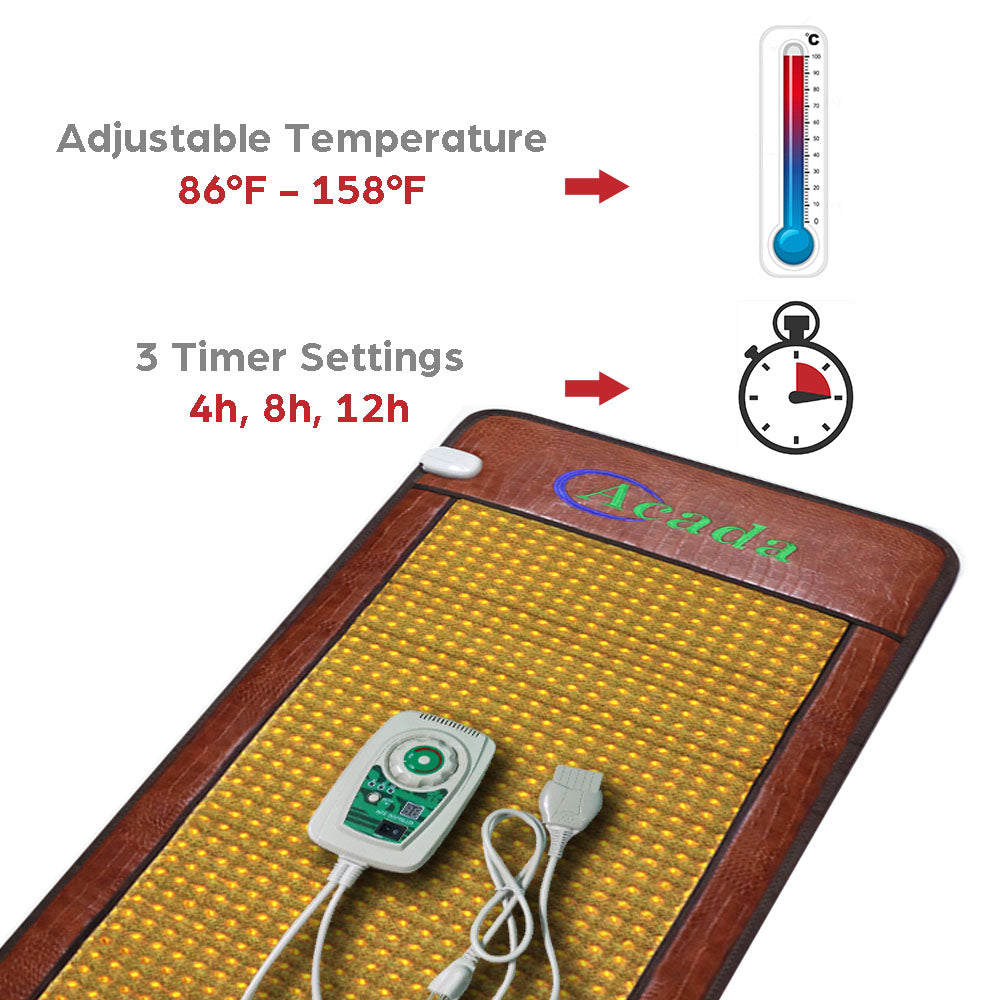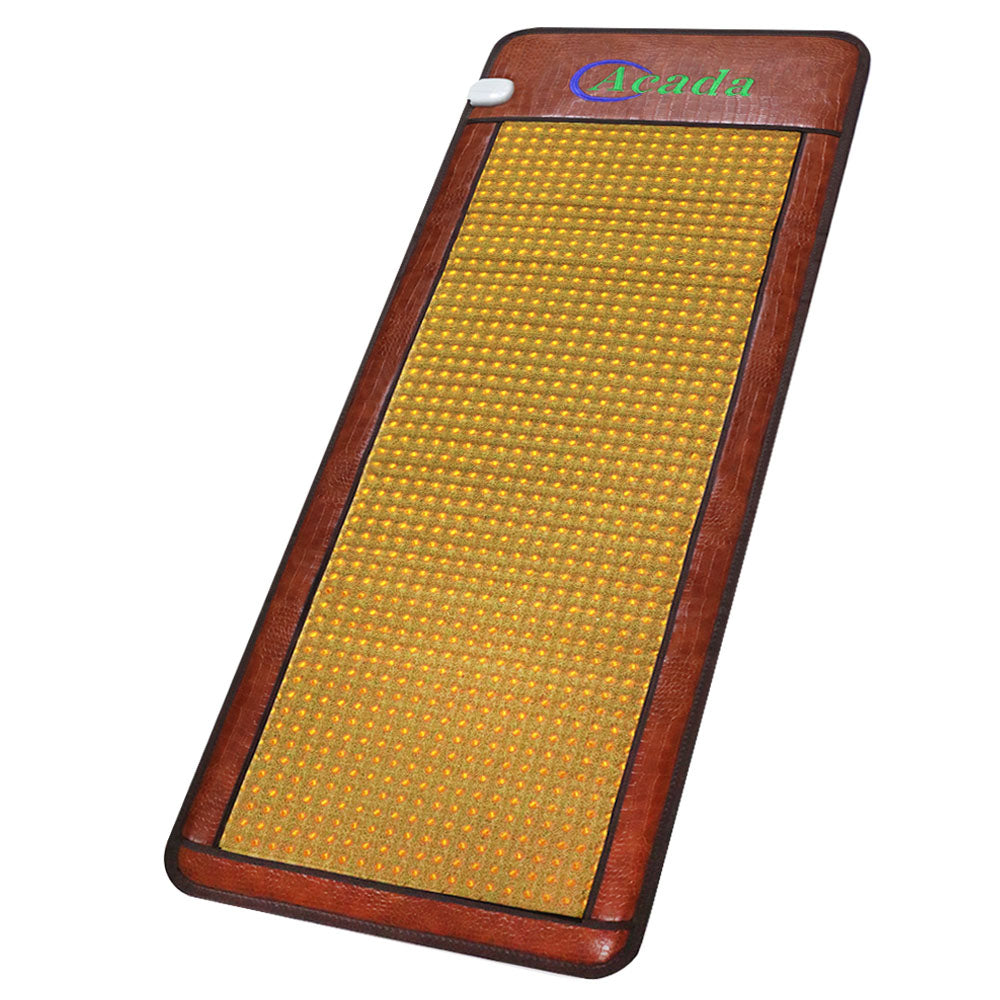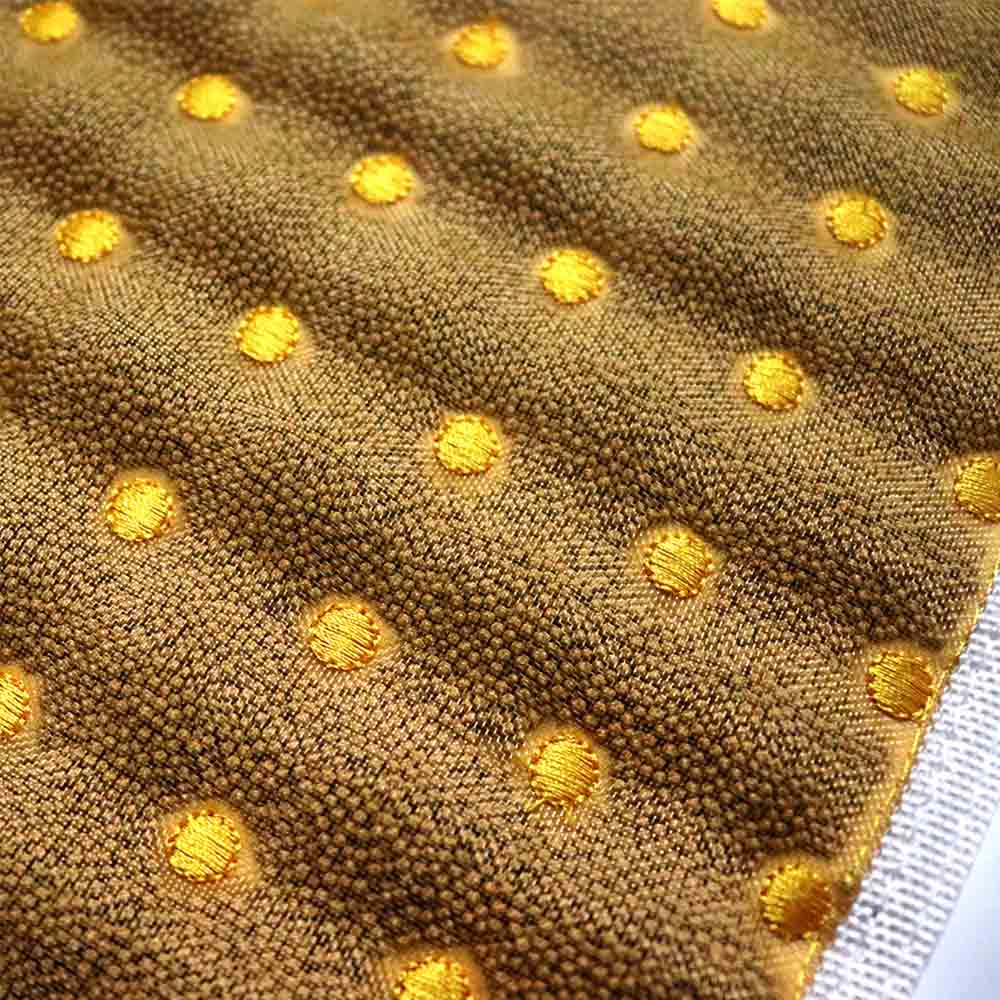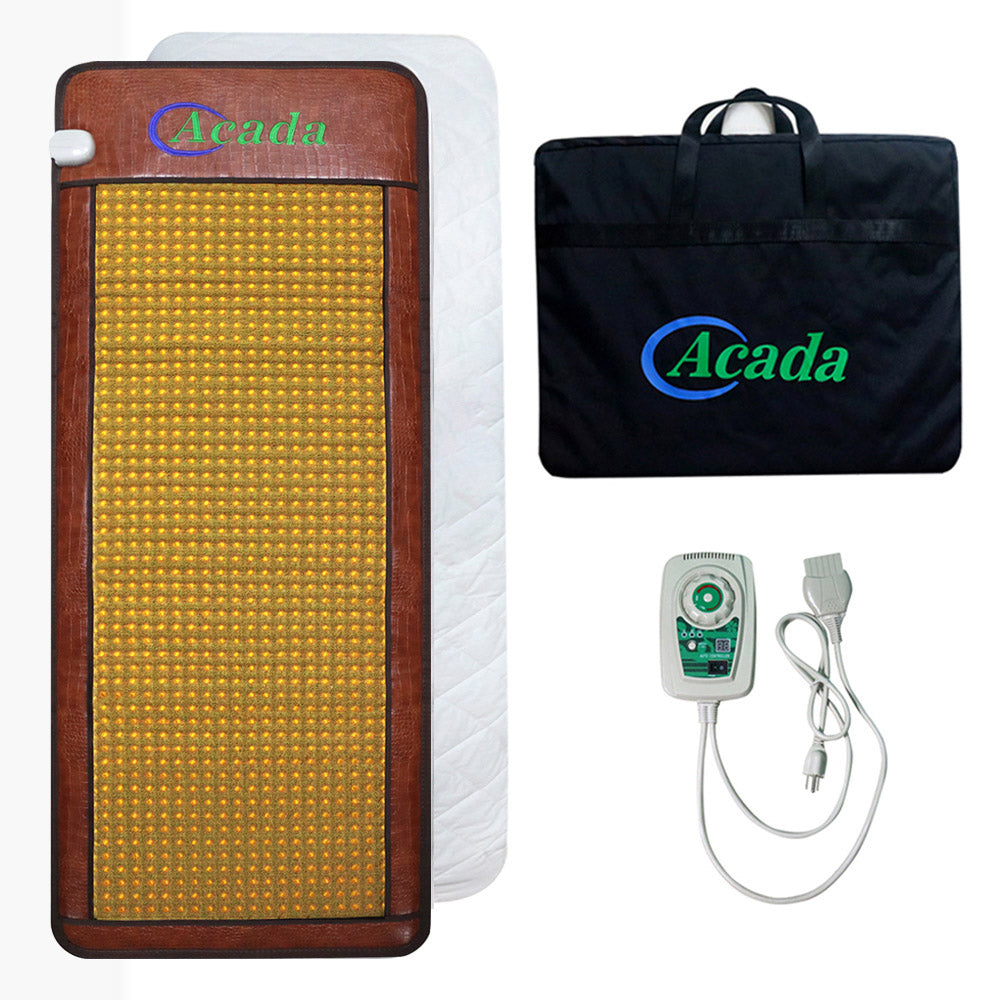Infrared heating pads are gaining traction as a popular choice for pain relief and wellness. However, what are the infrared heating pad pros and cons? Understanding these can help you decide if they are worth it and what potential side effects you might encounter. For example, an infrared heating pad emits heat waves that deeply penetrate the body, offering therapeutic relief and benefits. In contrast, unlike traditional heating pads that only heat the surface of the skin, infrared heating pads target the source of pain or discomfort from within.
Pros of Infrared Heating Pads
Improved Blood Circulation
Infrared heat helps to dilate blood vessels, promoting better blood flow. As a result, this boosts the recovery of wounds or injuries. Enhanced blood flow delivers essential nutrients and oxygen to targeted areas. Consequently, this reduces fatigue and promotes rejuvenation.
Effective Pain Relief
Infrared heating pads target pain at the source. This provides deeper relief compared to surface heating.
Stress Relief
The gentle, penetrating heat of infrared pads helps relax muscles. This reduces tension and provides a calming effect that alleviates stress and promotes relaxation.
Adjustable Settings
Adjustable temperature controls allow you to set the desired level. This feature helps you maximize the benefits of infrared heating therapy.
Convenience
Simply plug in the pad, set your desired temperature, and apply it to the target area. It can be used on various body parts such as your back, neck, shoulders, lower back, or legs.
Cons of Infrared Heating Pads
Cost and Accessibility
-
Higher Initial Investment: Infrared heating pads are generally more expensive than traditional heating pads due to the advanced technology they use.
-
Affordability: The cost can be a barrier for some, making it less accessible compared to cheaper alternatives.
Not Suitable for Everyone
-
Medical Conditions: People with certain medical conditions, such as severe cardiovascular issues, should consult a healthcare provider before using infrared heating pads.
-
Pregnancy: Pregnant women should also seek medical advice before using these pads, as the effects on pregnancy are not well-studied.
Environmental Impact
Infrared heating pads use electricity, which may contribute to higher energy consumption and a larger carbon footprint compared to some traditional methods.
Conclusion
Infrared heating pads offer several benefits. These include effective pain relief, improved circulation, and relaxation. However, they also come with potential downsides such as cost and safety concerns. Understanding these pros and cons can help you decide if an infrared heating pad is a worthwhile investment for your health and wellness needs.
If you’re considering trying an infrared heating pad, start with a reliable brand. Follow the usage instructions carefully, and consult with a healthcare professional if you have any underlying health conditions.

